My photography journey
Thank you for the opportunity to write about my photography journey. My name is Miroslav Hlinka, and I come from the Czech Republic from a small town, Vrbno pod Pradědem in the Jeseníky Mountains, but now I live in Pardubice.
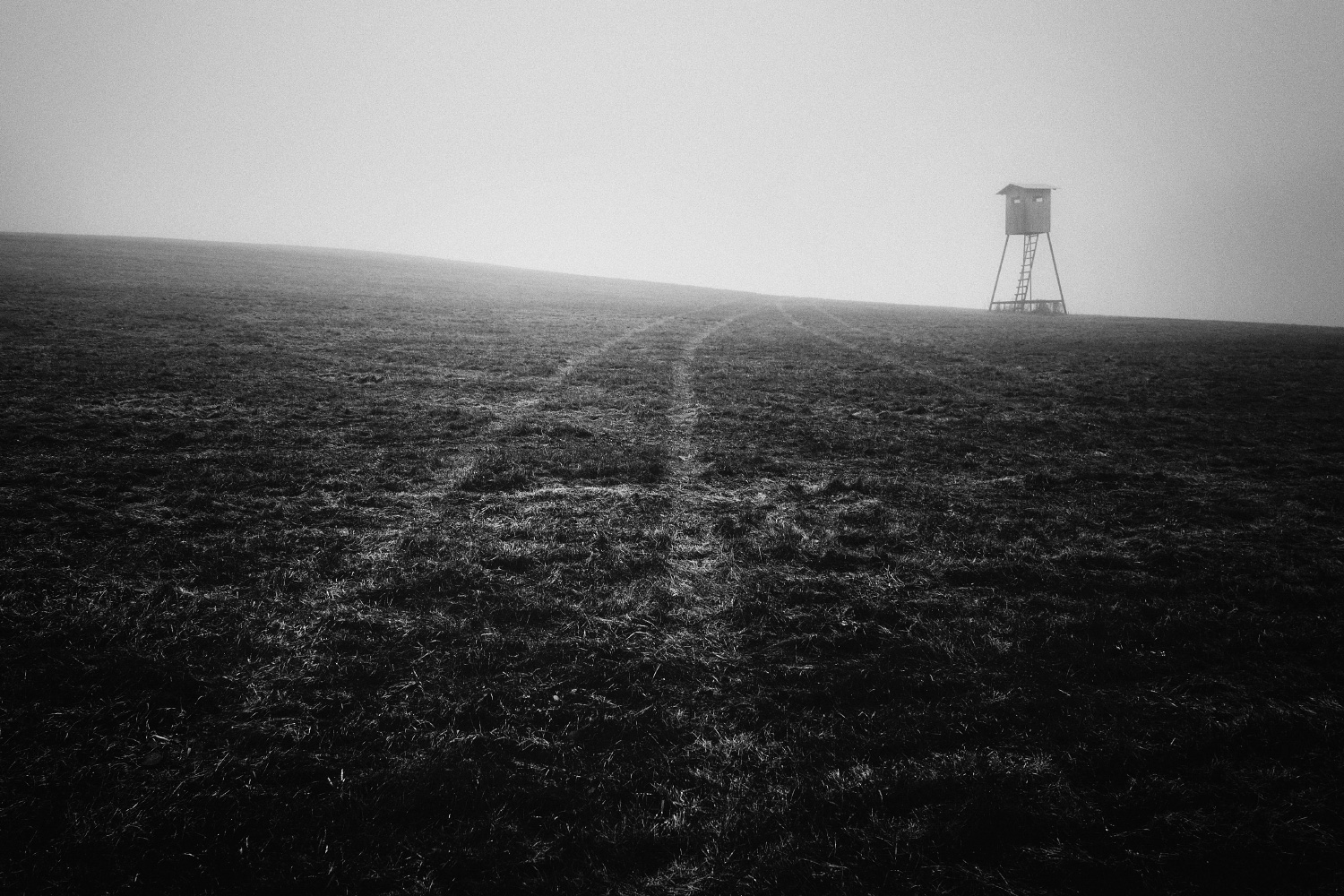
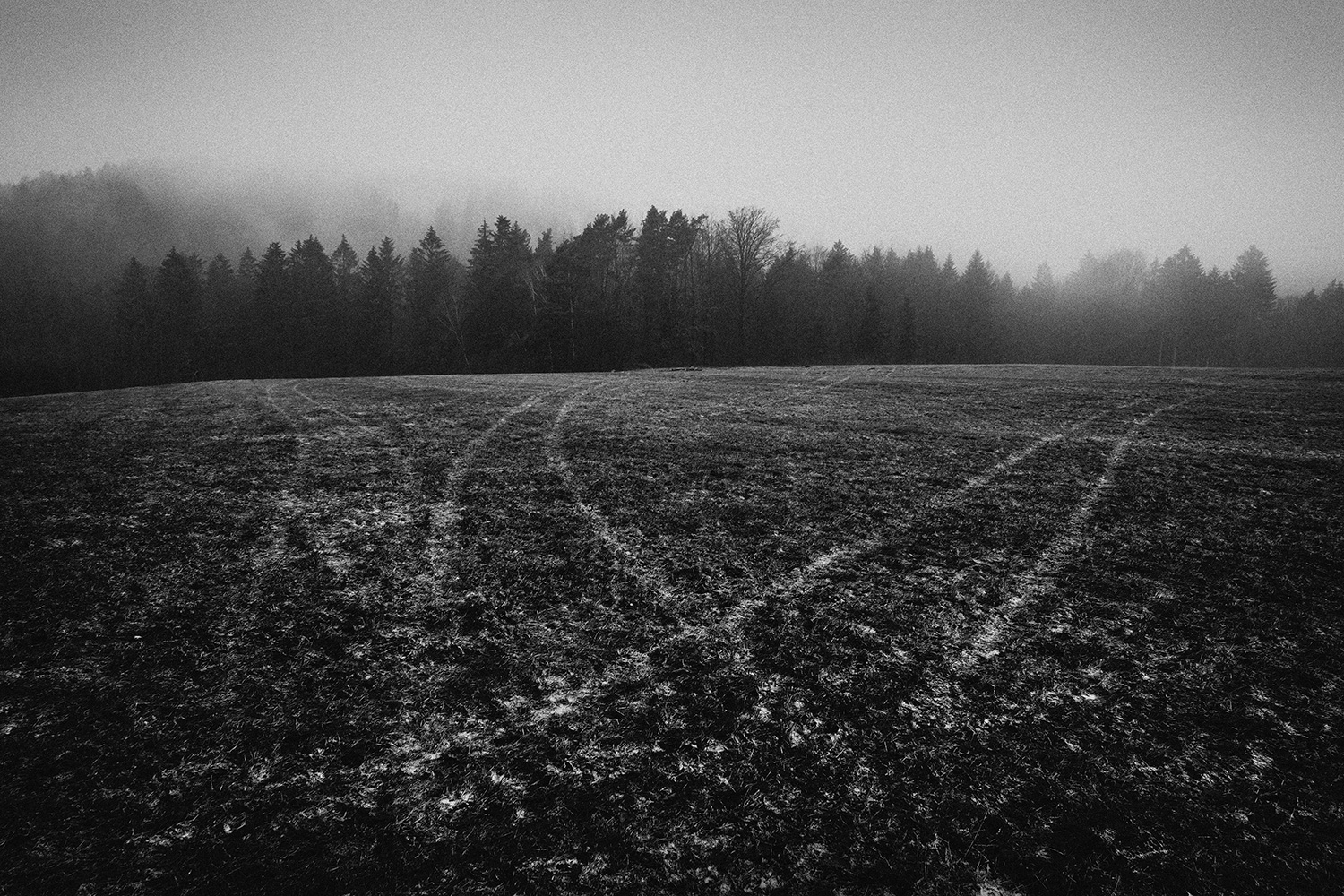
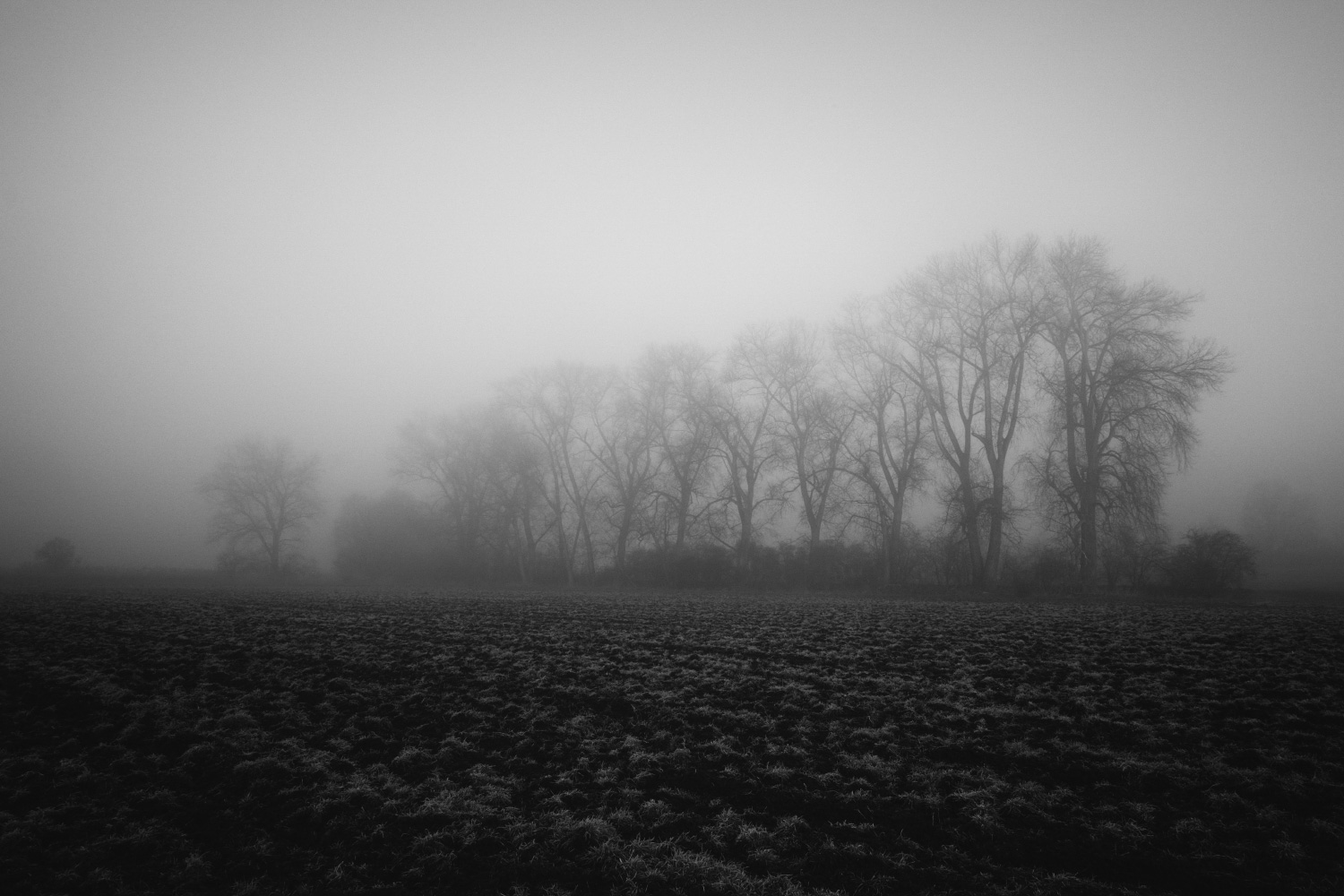
RIGHT: Fuji X-T30 . Fuji XF16mmF2.8 @16mm . f/16 . 1/90″ . ISO 160
Since childhood, I have been interested in pictures, not yet photography, but mainly illustrations in books. To this was gradually added admiration for the painting of the old masters. At that time, I took photography only as a medium to record memories of family life, reportage for newspapers and magazines and weddings photography.
Occasionally my older sister and her friends took a picture and the film was developed in the bathroom, which became a darkroom for a while. And from time to time I watched the process.
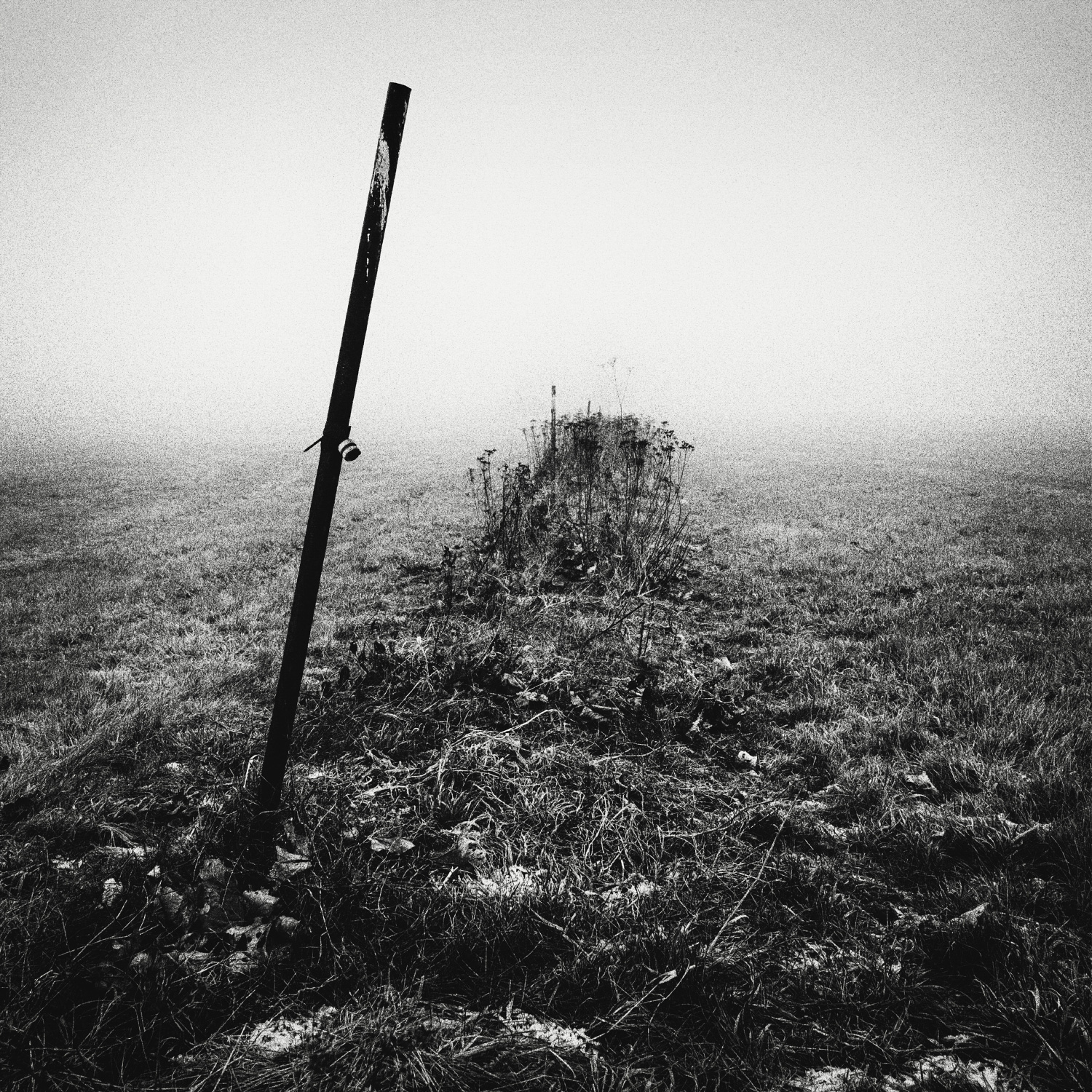

RIGHT: Fuji X-T30 . Fuji XF16mmF2.8 @16mm . f/6.4 . 1/40″ . ISO 160
I had no idea about the vast extent of photography, its history and famous photographers, which I discovered much later.
Anyway, my interest in art, in illustration, led me to art high school, which is where my first serious encounter with photography came (at that time still film photography).
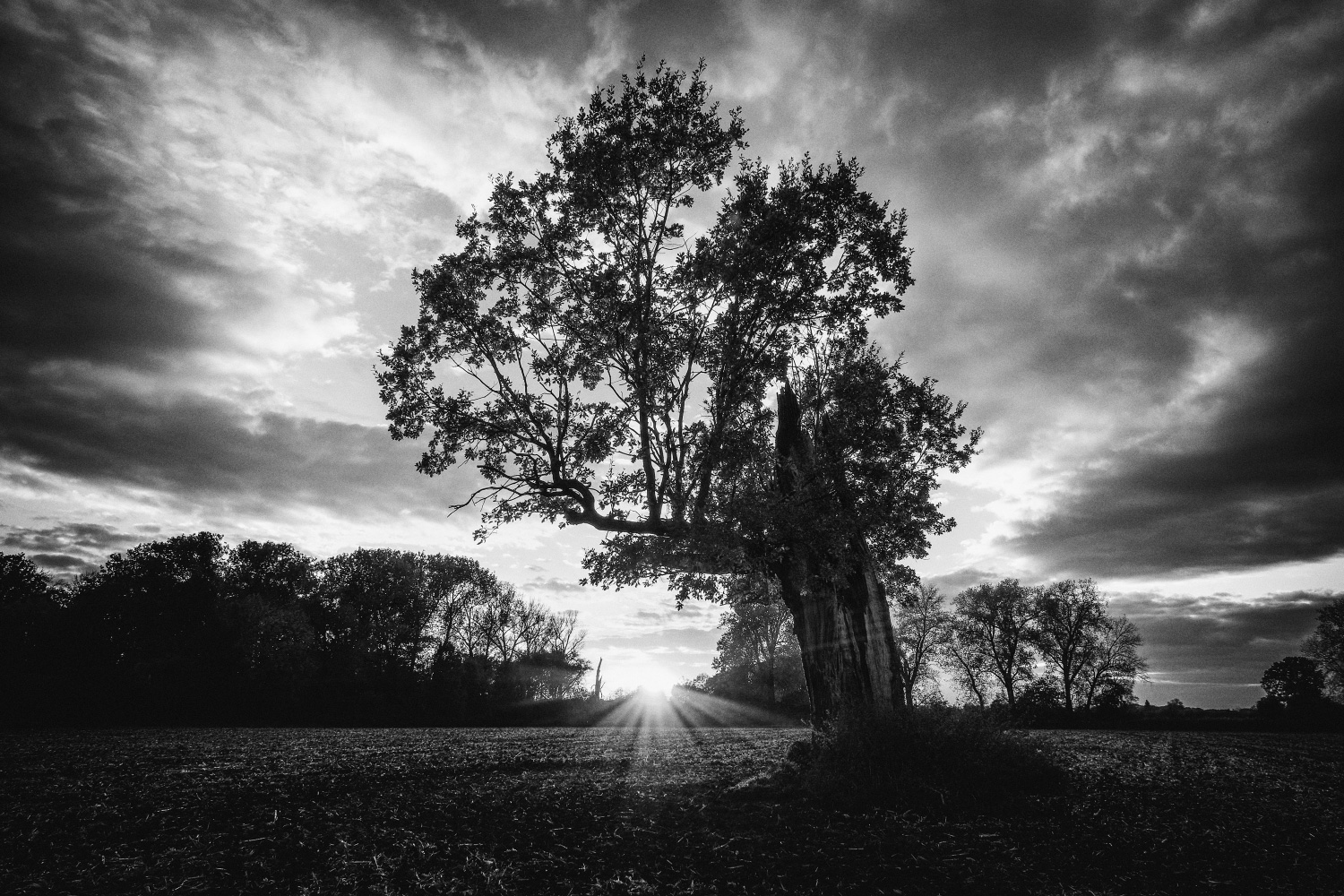
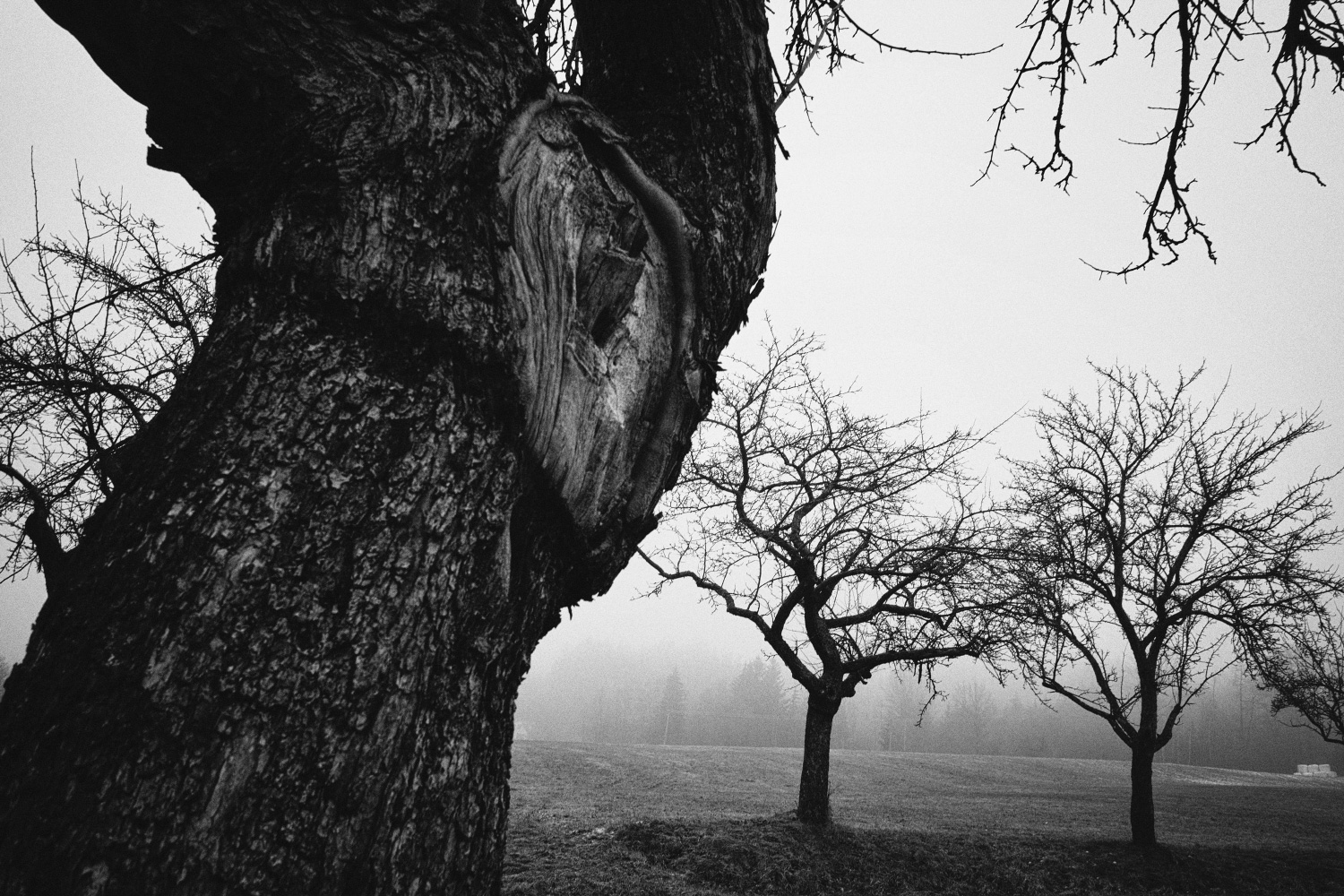
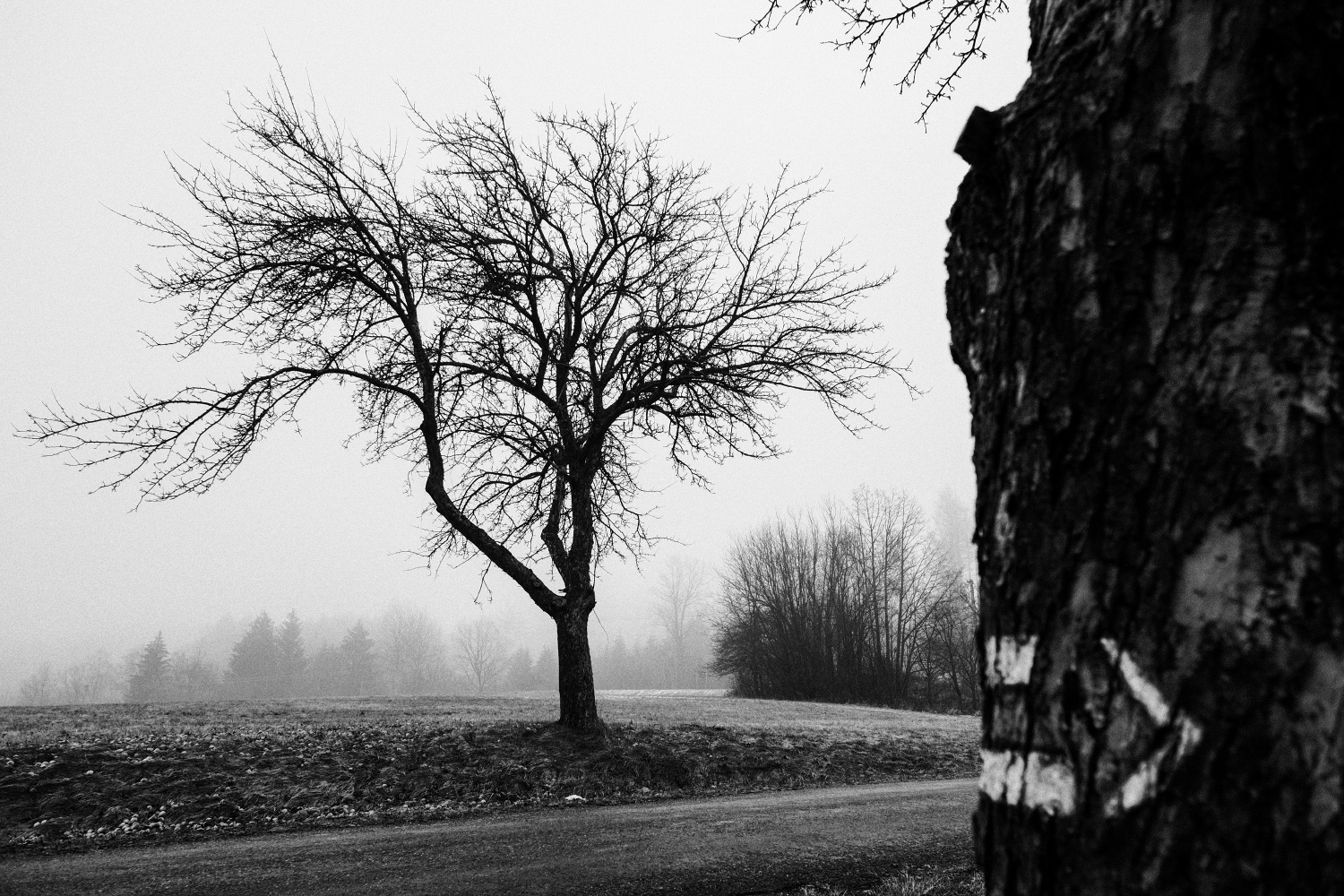
RIGHT: Fuji X-T30 . Fuji XF16mmF2.8 @16mm . f/4.5 . 1/55″ . ISO 160
I learned a bit about the history of photography, and I found that photography is not just commonplace pictures, but there is a wide range of interesting authors of different genres. And just as I was gaining insight into the history of art, absorbing information about painters, sculptors and illustrators, I was discovering photographers.
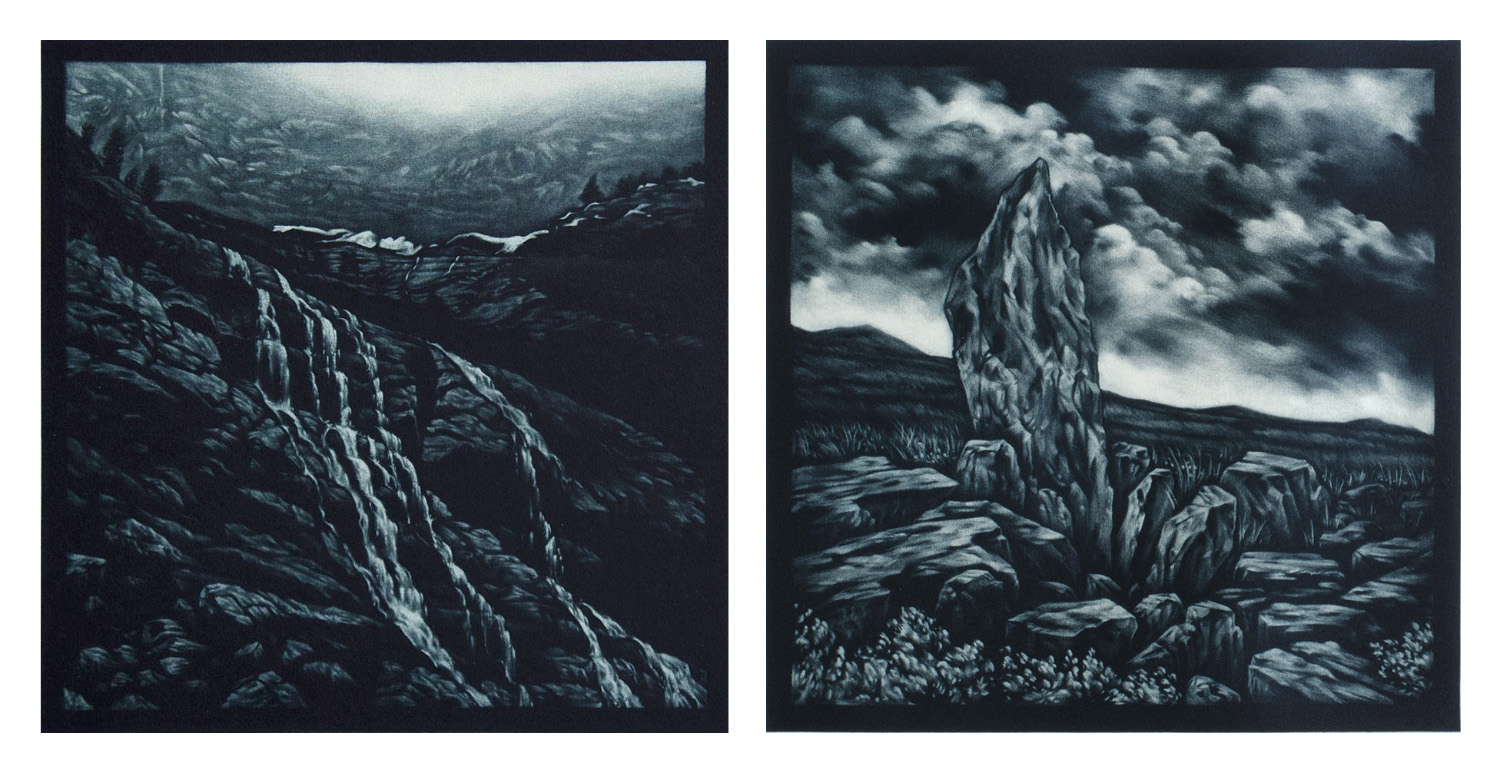

But during my studies, photography was just a pleasant diversion for me and my primary interest was directed towards drawing and graphic techniques – mostly etching. Nevertheless, I’m glad I had photography as a compulsory subject for one year, so I had the opportunity to sample the whole analogue process and get to know photography more.

We worked on assigned topics, learning to develop the negatives and enlarge photos. Even outside of the school assignments, I took pictures from time to time, mostly some staged ideas with the participation of my friends or some trips in nature. Unfortunately, nothing from that time has survived.
After school, however, I did not devote myself to photography as such again. Sometimes I took some pictures from trips to nature or for the family album, but I had no greater ambitions.
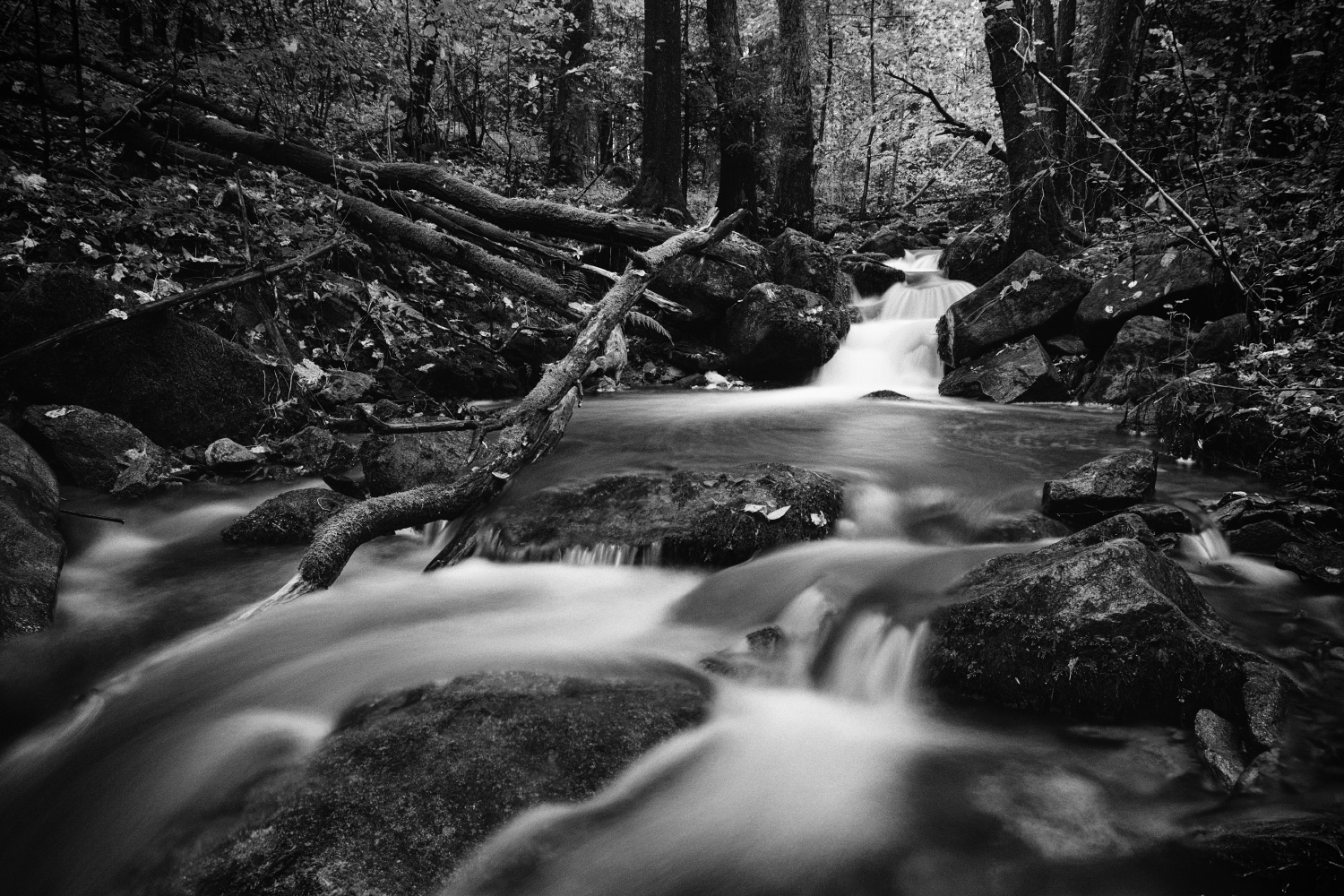
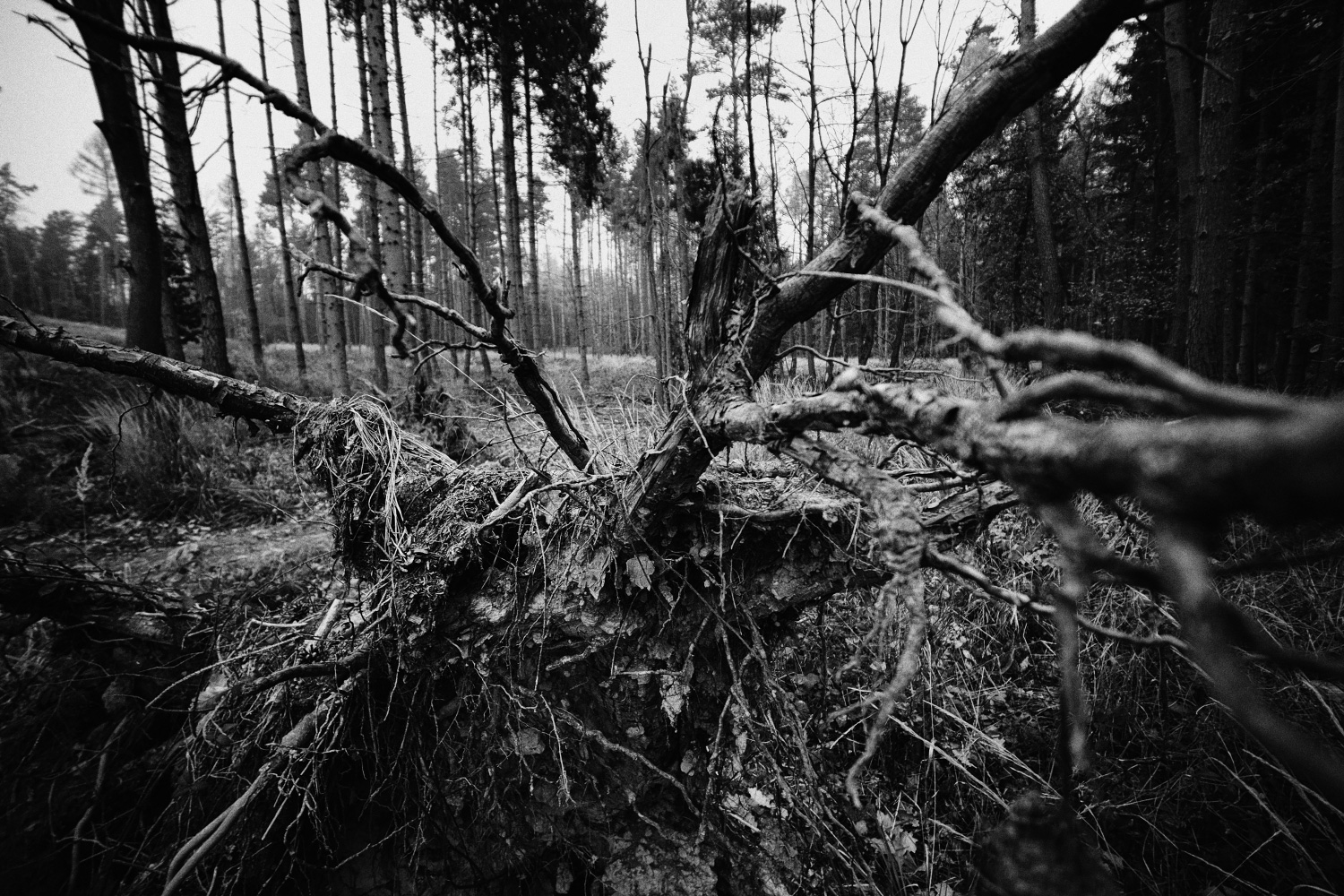

RIGHT: Fuji X-T30 . Fuji XF90mmF2 @90mm . f/8 . 1/125″ . ISO 1250
I became more of a passive observer of photography. I read about it. I bought many photographic monographs alongside painters’ monographs and followed the works of a few of my favourite photographers with interest. But there was no question of my active photography.
When I started working as a graphic designer after school, it took me a lot of time. While working as a graphic designer, I still devoted myself to drawing (and sometimes I also used it in my job, whether for drawing storyboards or doing commercial illustration for commissions).
In 2006 I had the opportunity to illustrate a book – The Monsterbook for the Czech Fantasy roleplaying game. It was a hectic year. I was still working in the graphics studio and working on 120 illustrations in the evenings and weekends, which had to be finished during one year. But working on illustrations was also an impulse for me to start working more on intaglio techniques again.
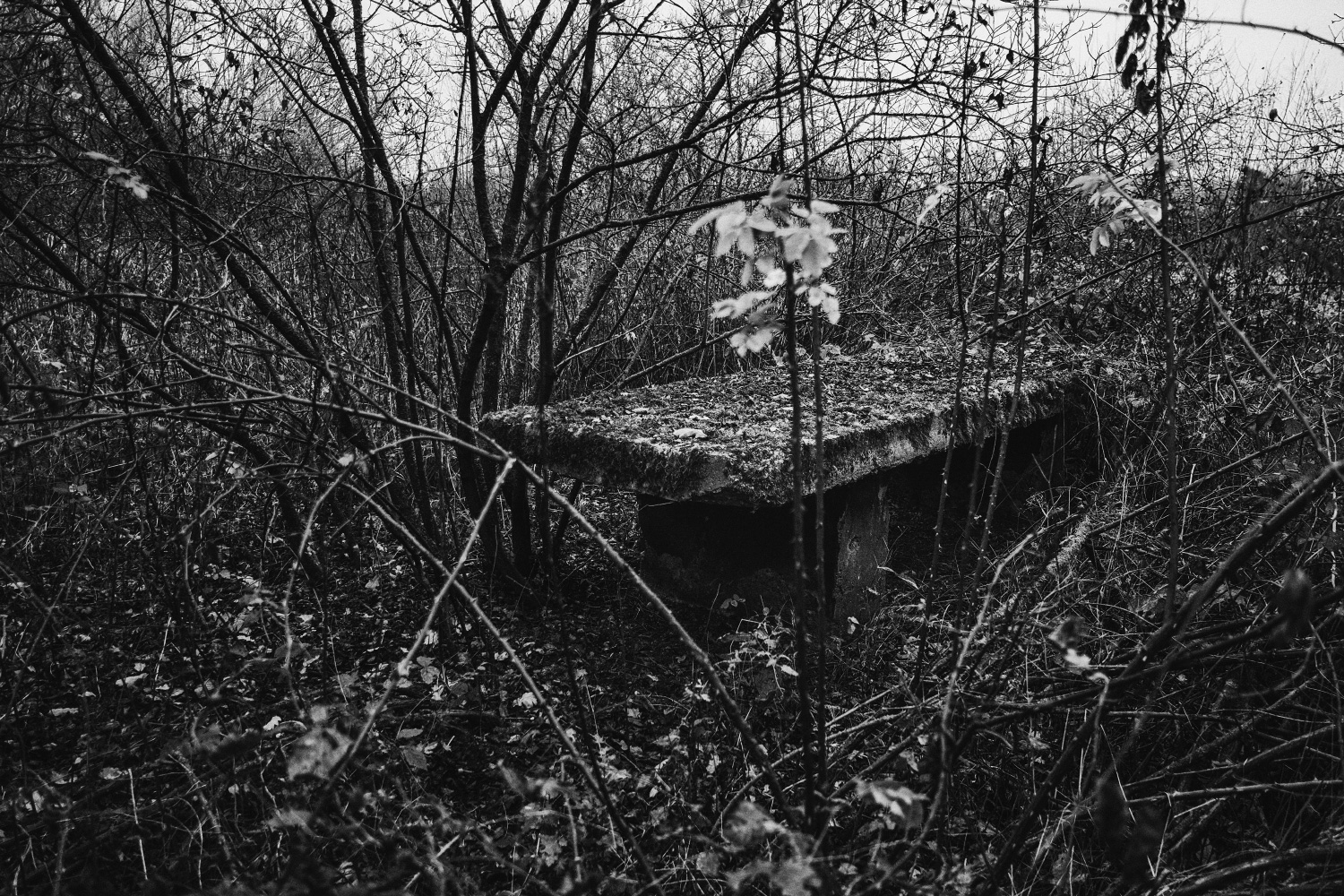
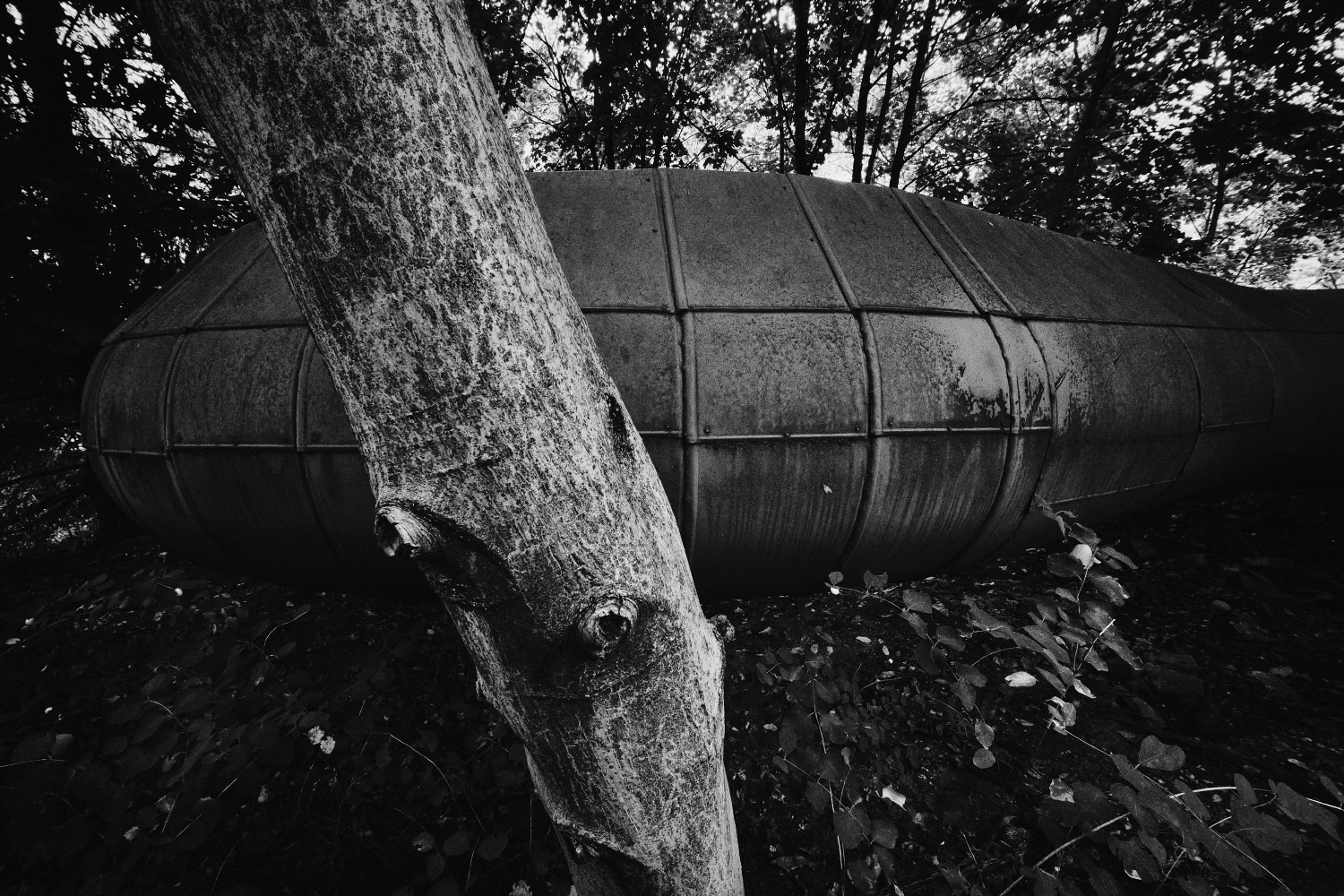
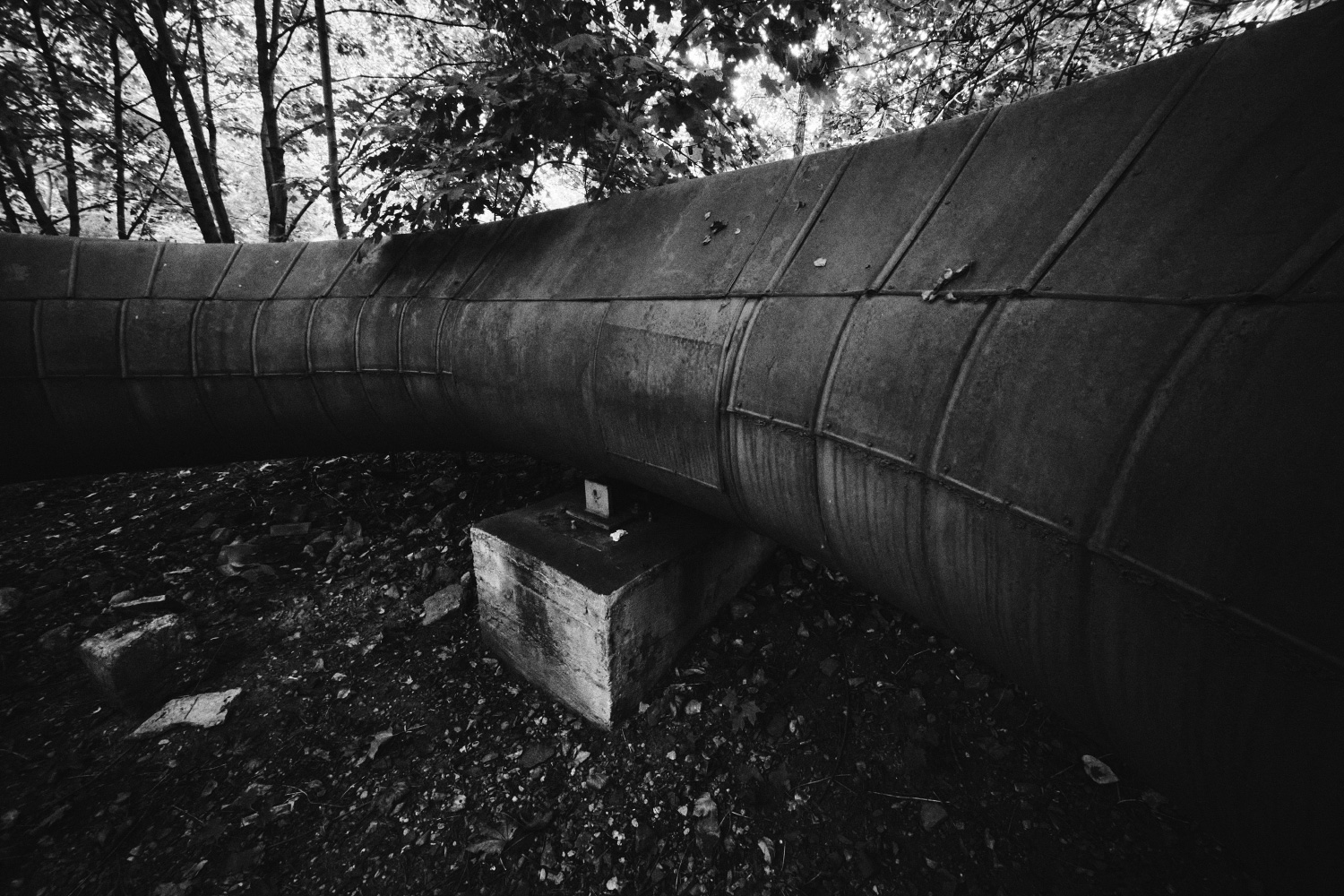
RIGHT: Fuji X-T30 . 1/30″ . ISO 6400
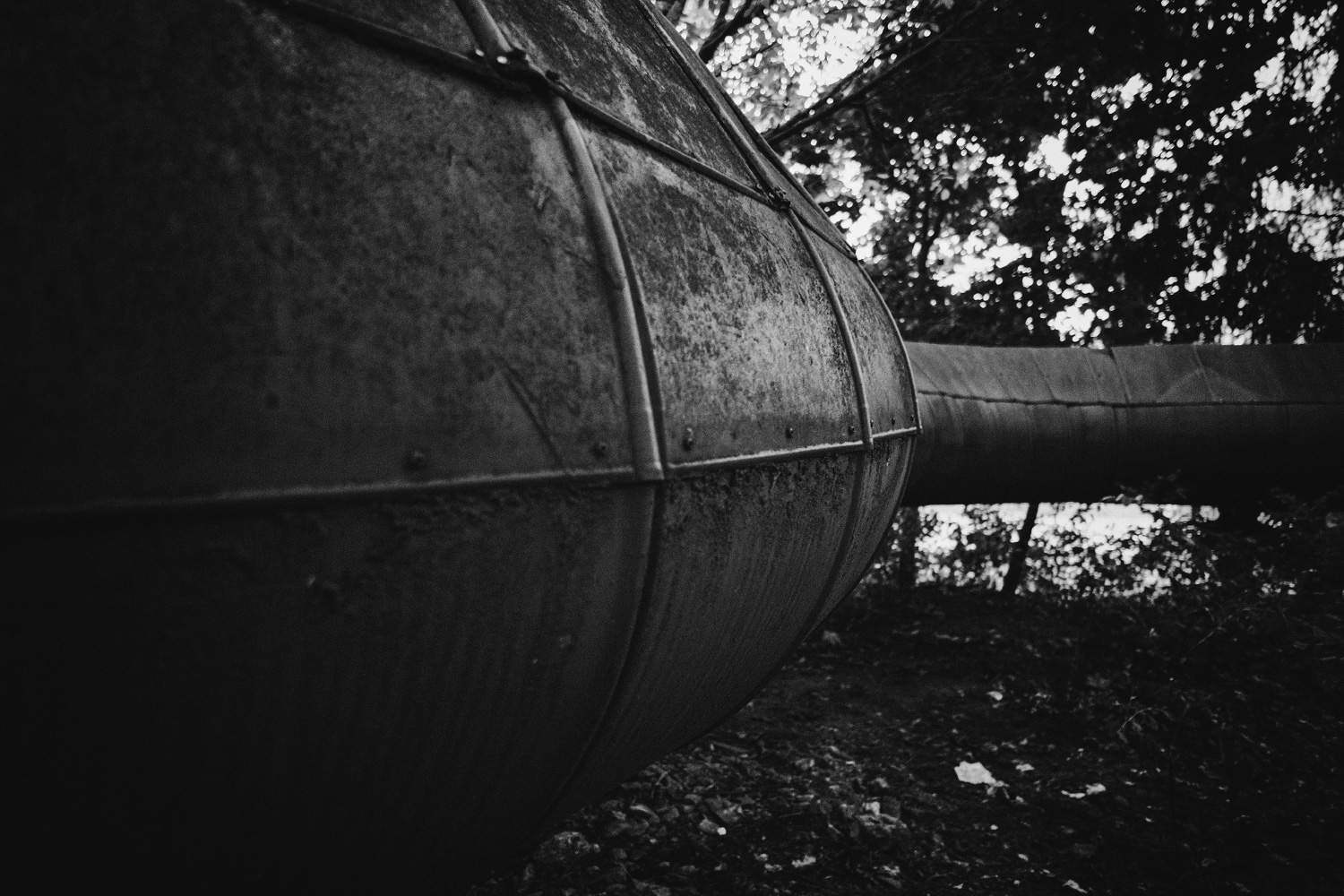
So I bought a press machine. However, I left the etching and started to make a technique that I had long been attracted to, but which is time-consuming – mezzotint (scratched engraving). Like photography, this technique is based on drawing with light.
With a special tool – Mezzotint rocker – I create a dense grain on the copper plate. Only the black area could be printed from the plate prepared in this way. Gradual scraping and burnishing (smoothing) on the plate produces an image in shades of grey, where the most polished areas being white in the print.

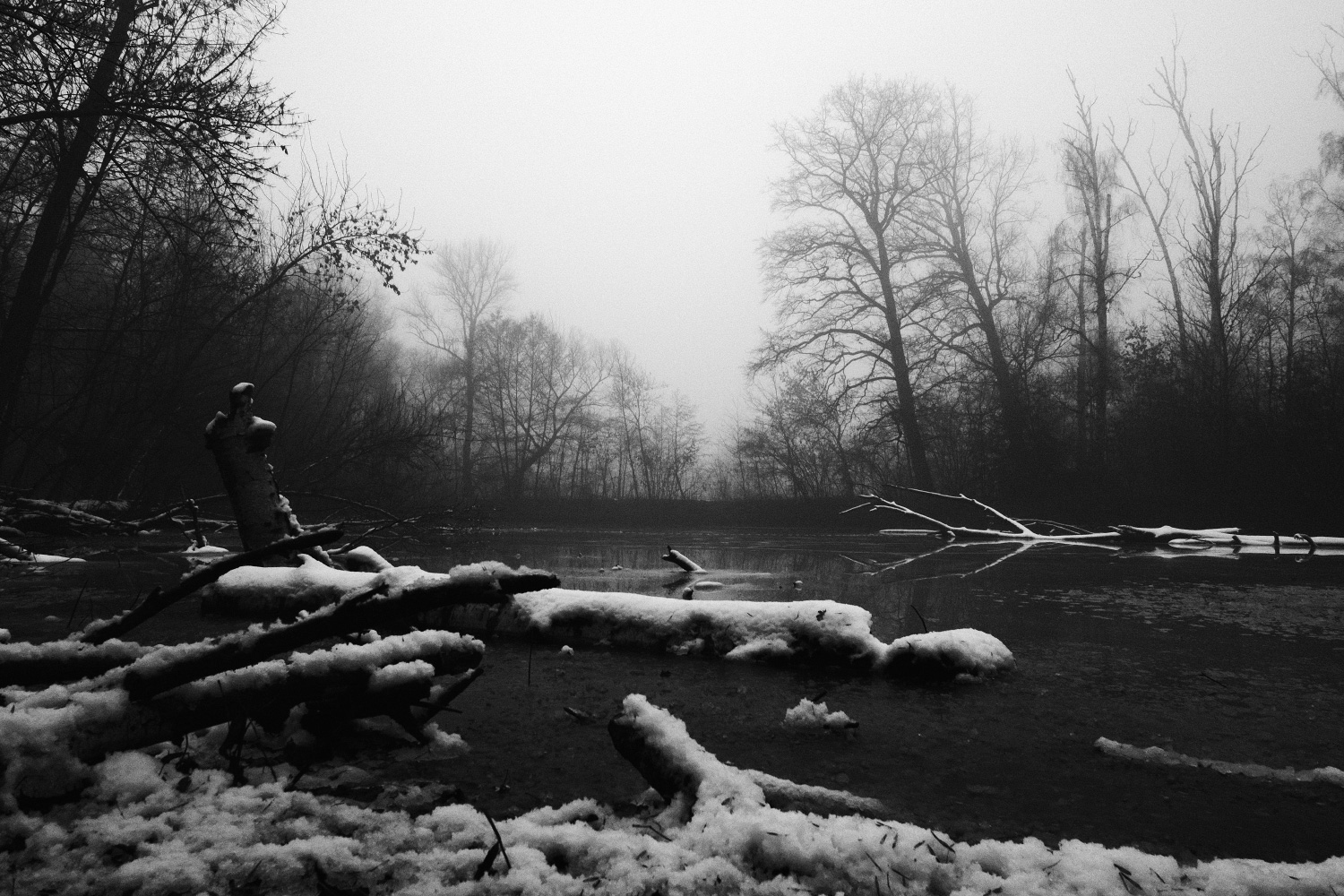
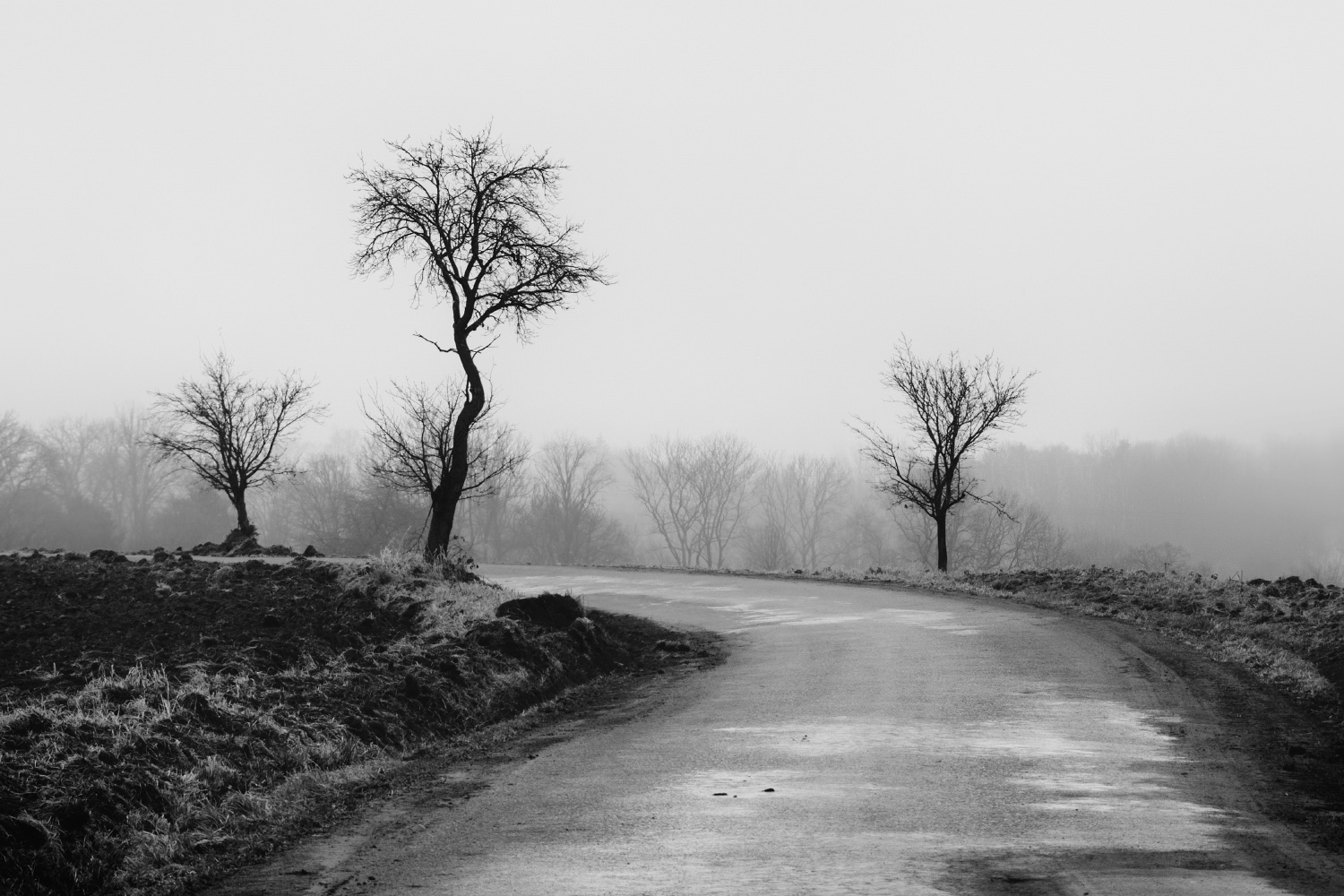
RIGHT: Nikon D7000 . Tamron 70-210mmF4.0 @70mm . f/5.6 . 1/200″ . ISO 400
After completing the image on the copper plate, the image is handmade printed onto paper from this copper matrix. This technique became my main interest in art. And along with graphic design, it is part of my livelihood. A beautiful creative activity that is both a hobby and a job.
But because I spent a lot of time in front of the computer screen and then even more time at my table, over the copper plate, creating a mezzotint, I needed some relaxation outside. And so active photography came into my life again, first with a digital compact, and then sometime in 2014, I bought a Nikon DSLR (D7000) to take more than just holiday snaps and pictures of my sons.
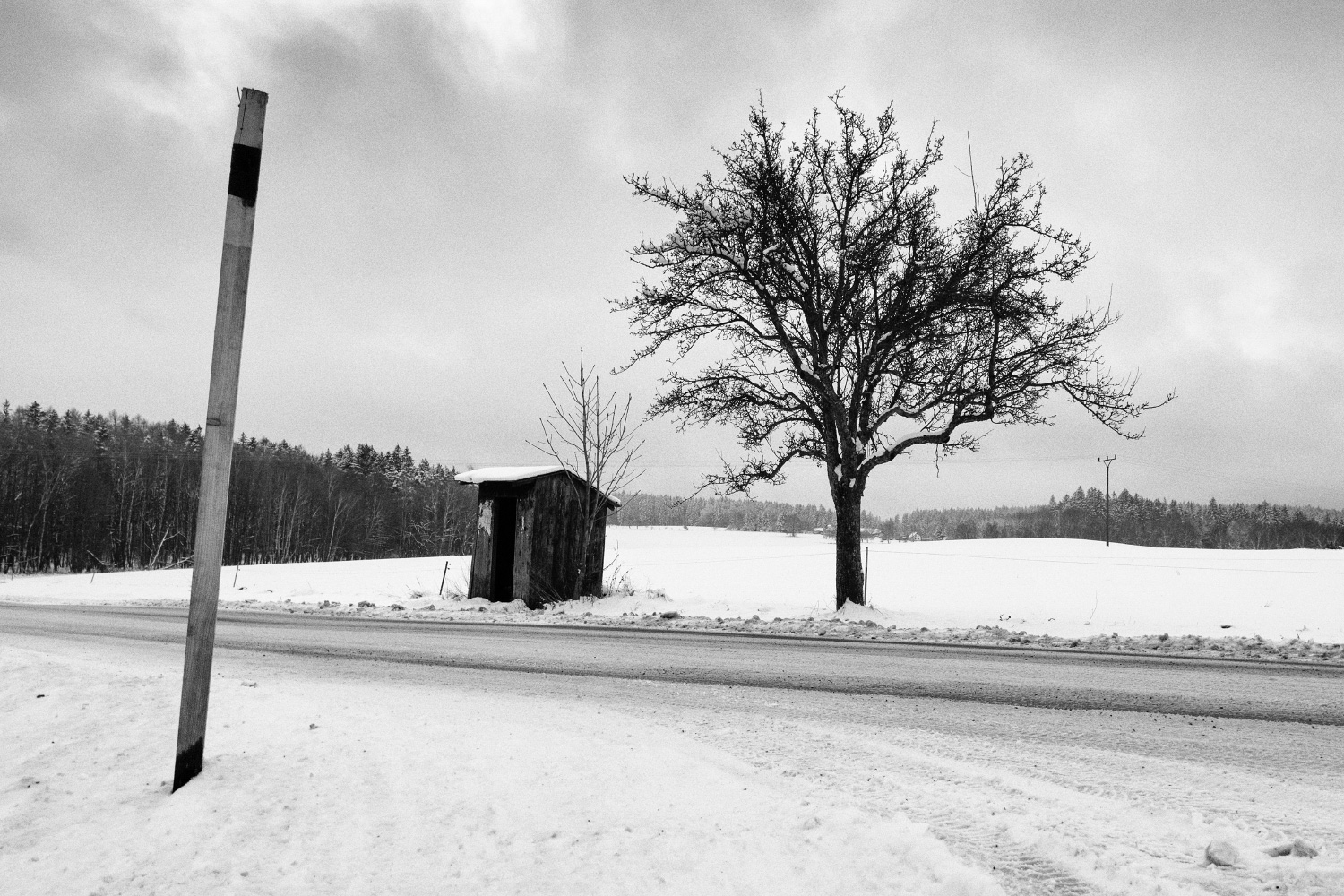
Over the years, my library has been filled with a wide extent of painting, graphic and photographic books and so, in addition to my own work, regular browsing in books and visits to exhibitions have shaped my visual perception.
The fact that I take photos mostly in black and white is to some extent also influenced by the fact that I make graphic techniques. My perception of the image in intaglio is thus also reflected in my photographic vision. I focus on what interests me without being distracted by colour. I guess the fact that my first photographic steps were on black and white film and that a large part of my favourite photographic publications are, how else, black and white, has influenced me in this too.
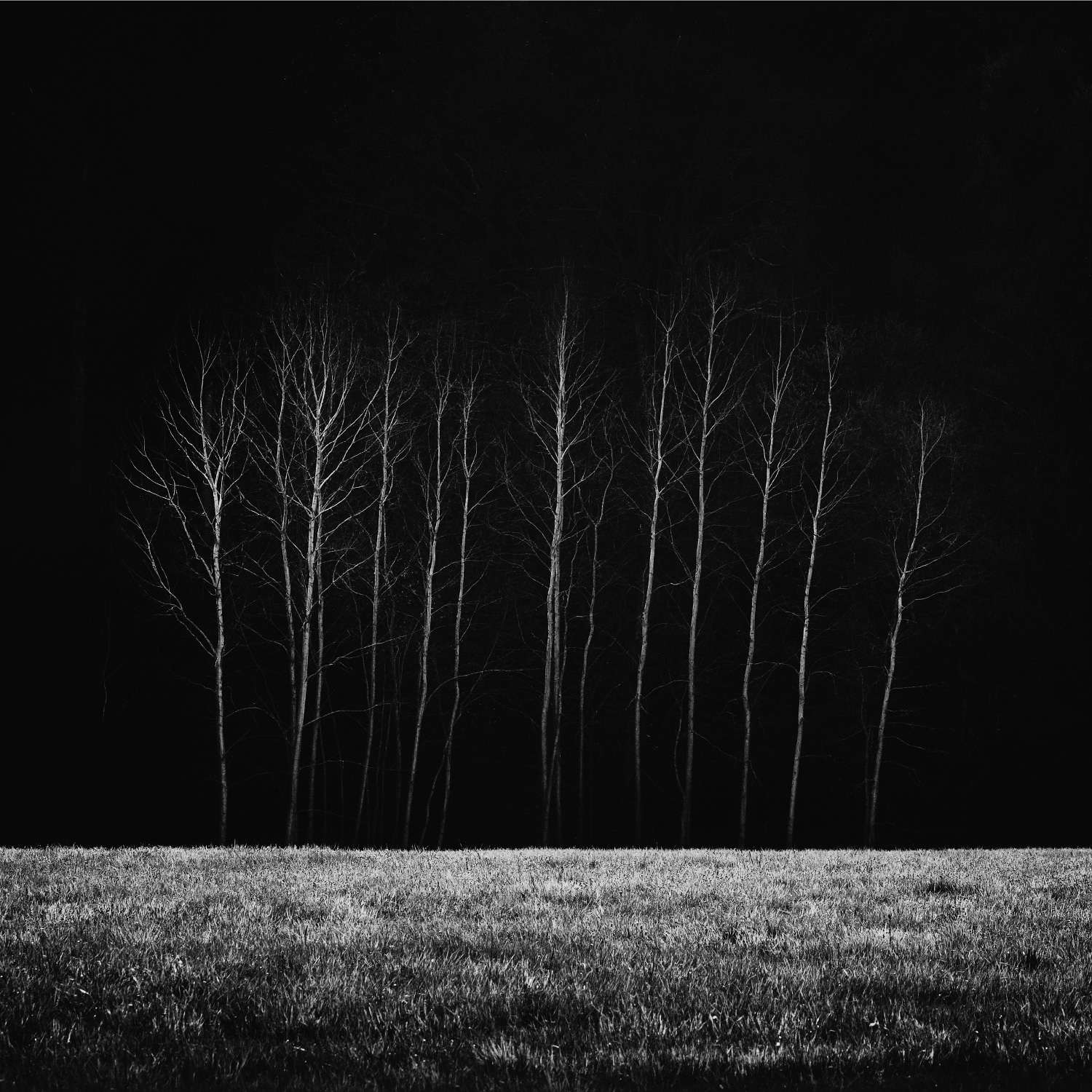
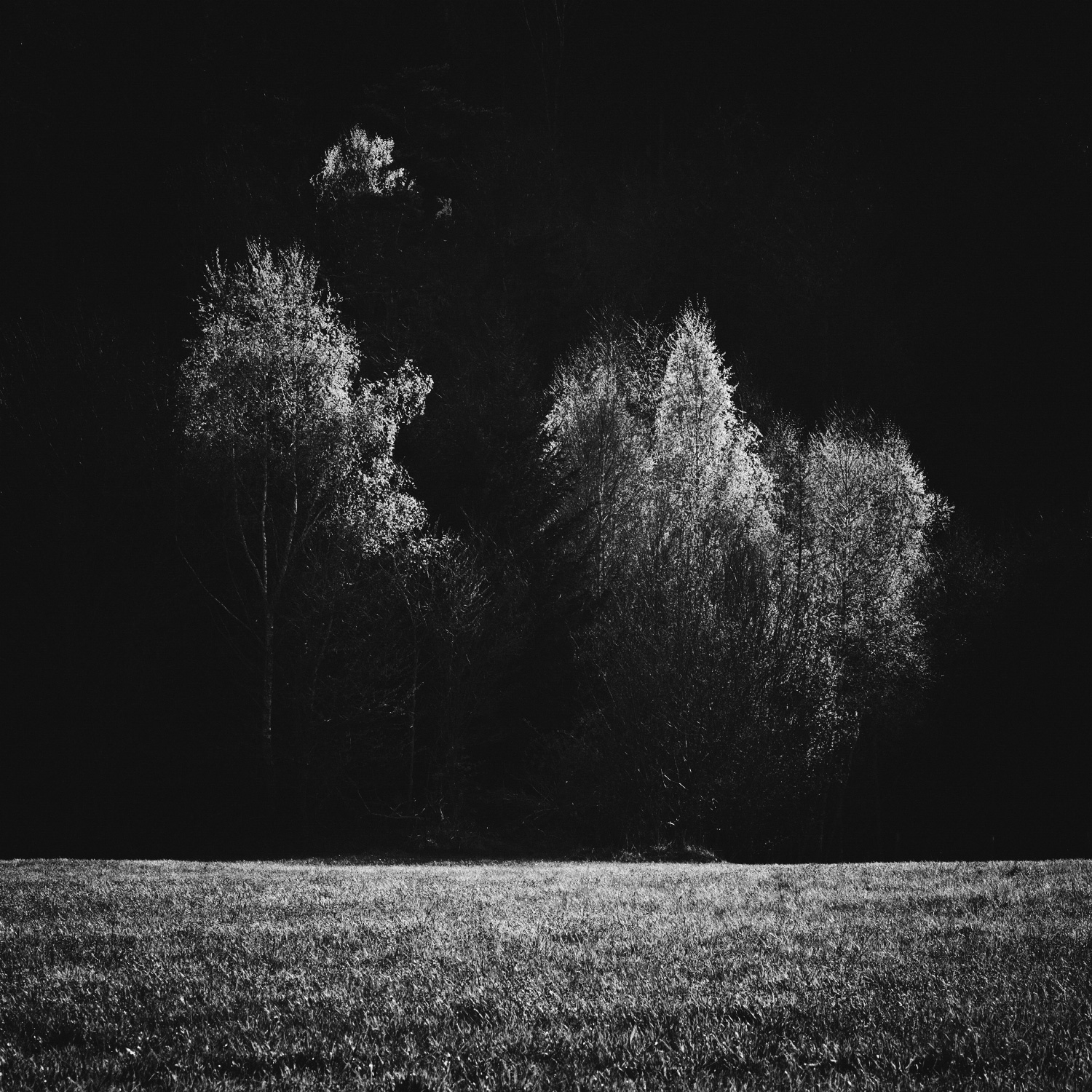
RIGHT: Fuji X-T30 . Fuji XF90mmF2 @90mm . f/10 . 1/250″ . ISO 1000
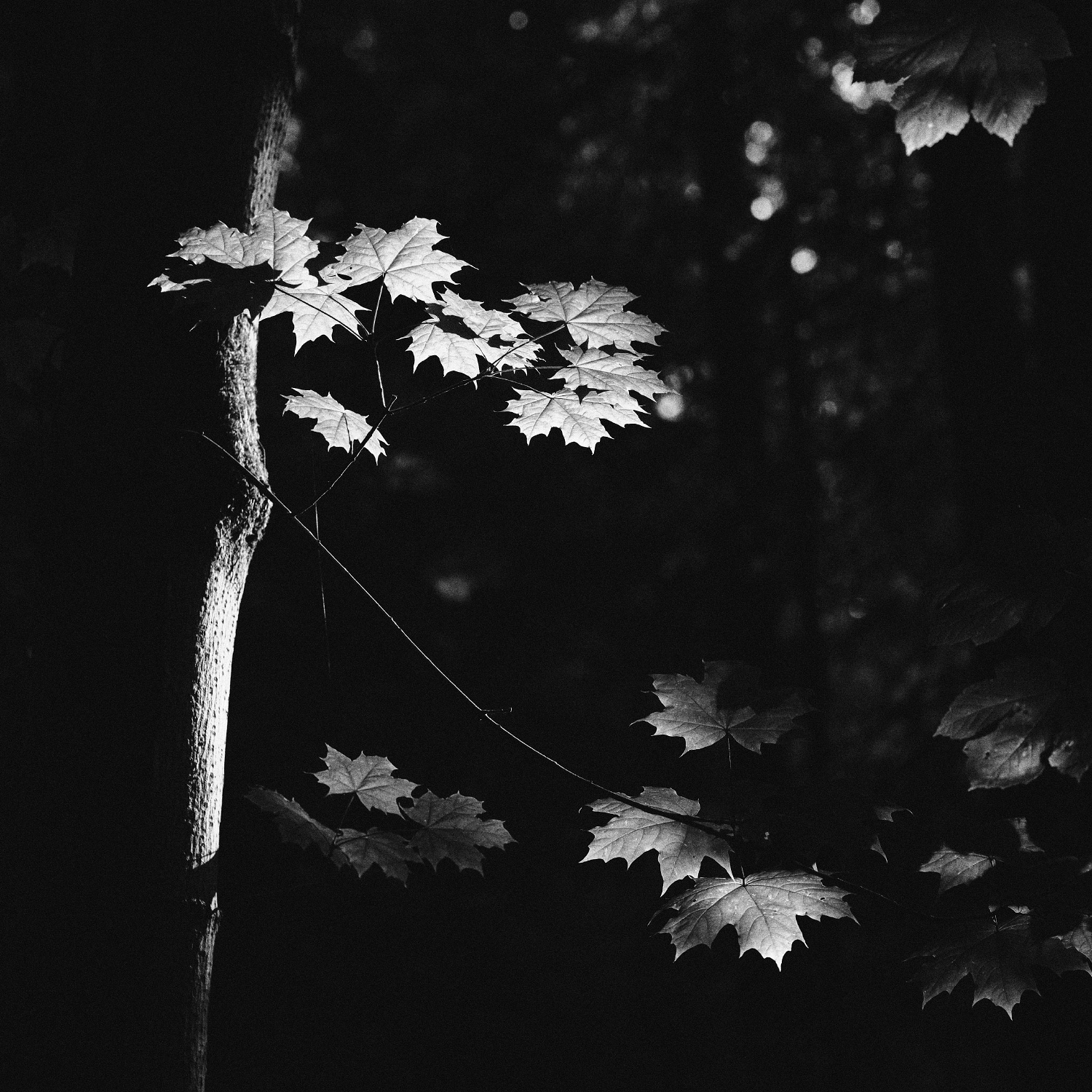
From time to time, the photo tells itself about the colour when the right subject and light come together. But 90% of the time, I already have a black and white image set in the viewfinder. In BW, I perceive contrasts, shapes, shadows better.
And even if I sometimes take a report or a portrait (and I don’t count shooting my own family), I can say that my main focus is landscape, but at the same time, I wouldn’t call myself a classic landscape photographer. I don’t take monumental panoramas, I don’t seek out famous locations, but I prefer to look for beauty in more modest, simple images like ordinary forests, trees or abandoned urban peripheries.
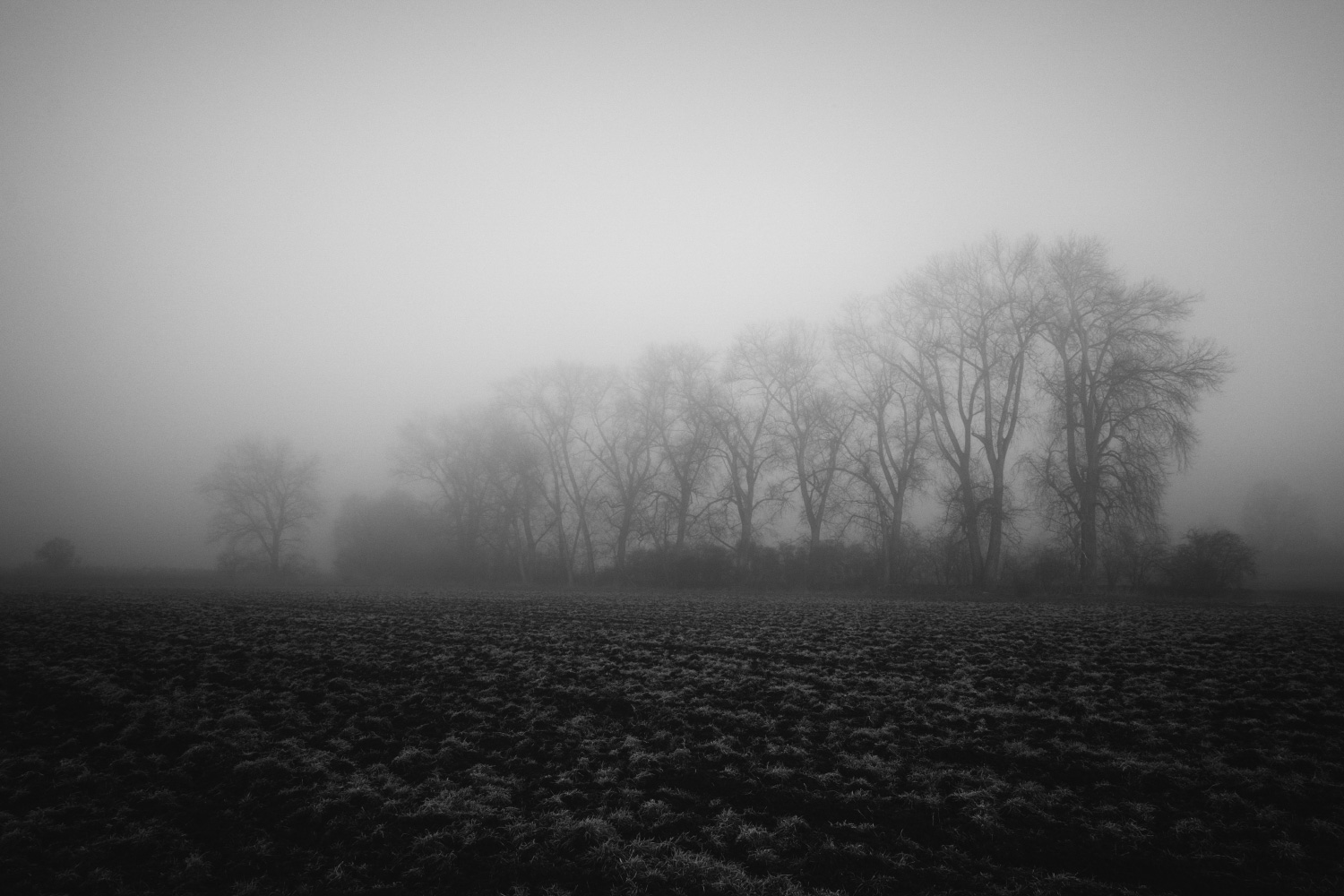
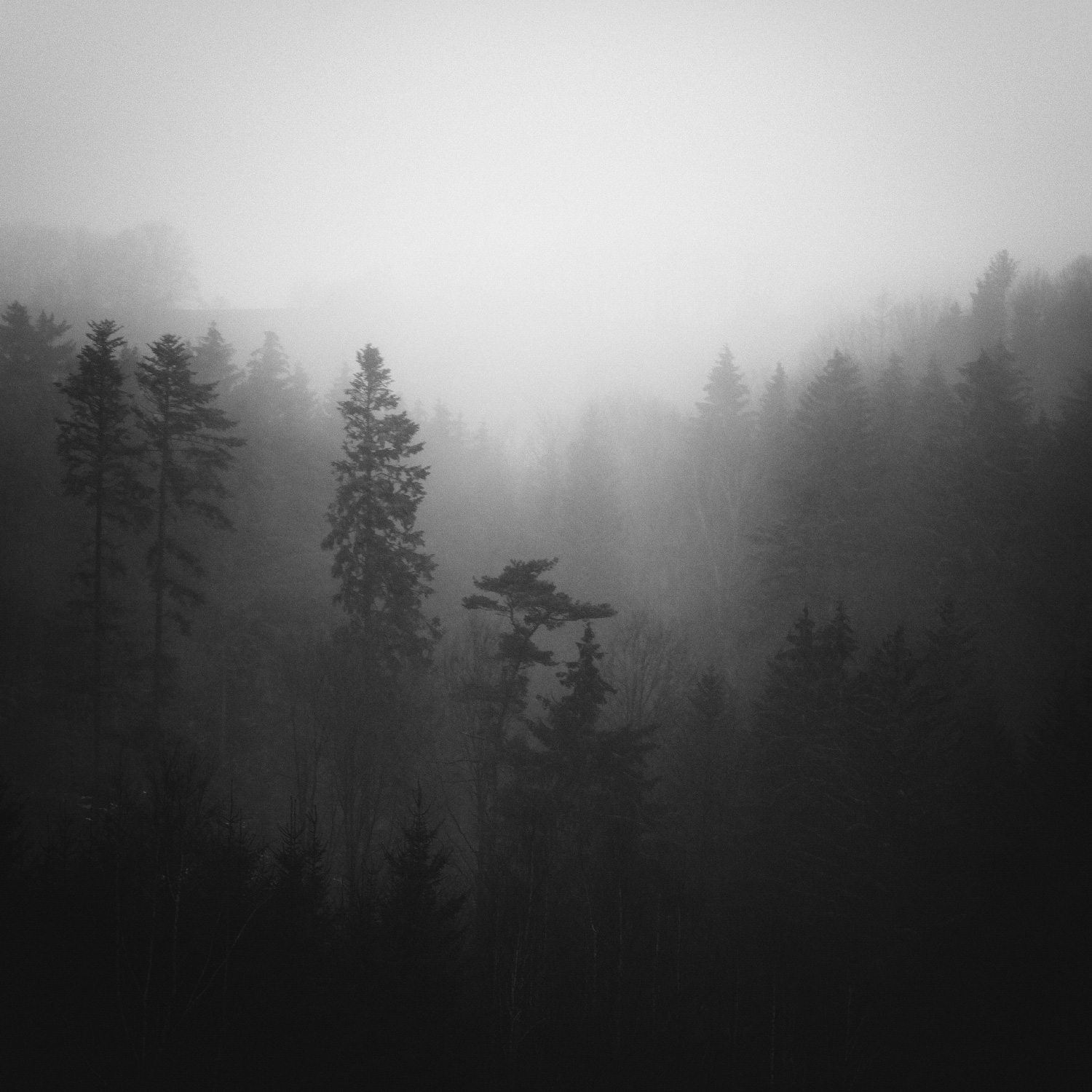
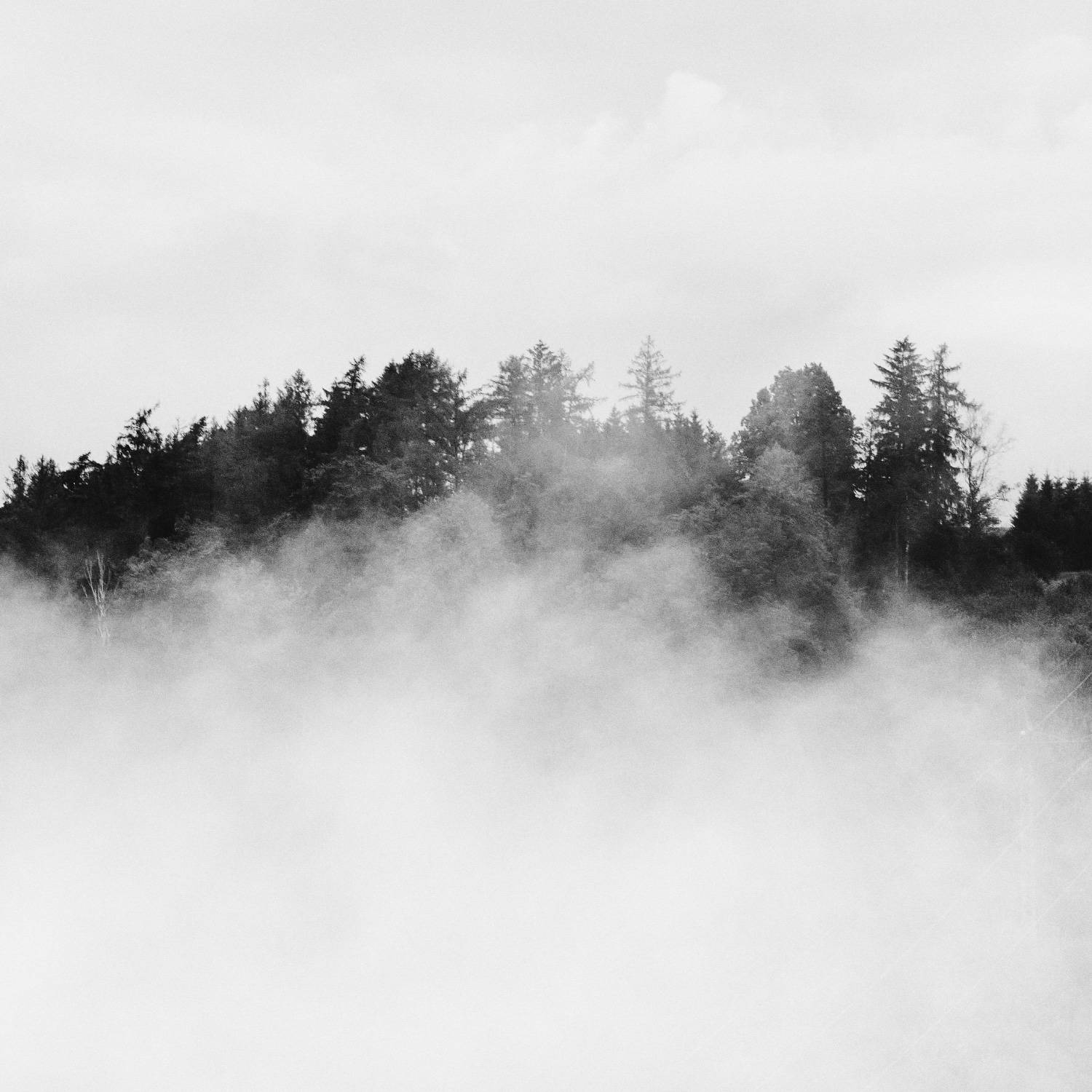
RIGHT: Fuji X-T30 . Fuji XF90mmF2 @90mm . f/5.6 . 1/125″ . ISO 2500
I enjoy wandering the landscape and, if conditions wish, I can bring some photos. I enjoy the peace and quiet I find in nature. When I’m just there with myself, and if I’m lucky and the landscape is shrouded in fog, then I can be content because those are the conditions I like best for photography. The scene is pleasantly simplified.
Often during my walks, I discover places that appeal to me somehow, with some element, with their atmosphere, and then I return regularly there.
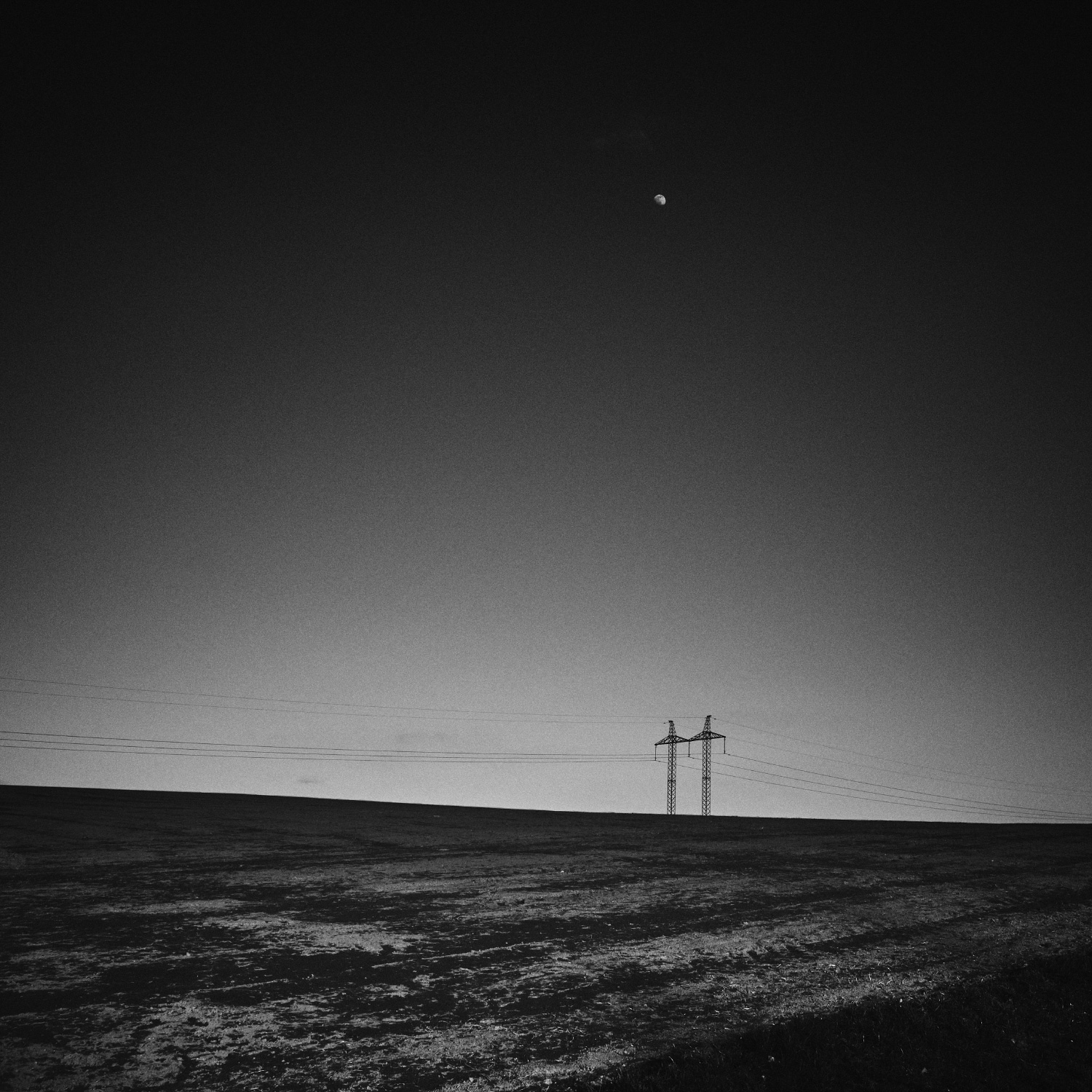
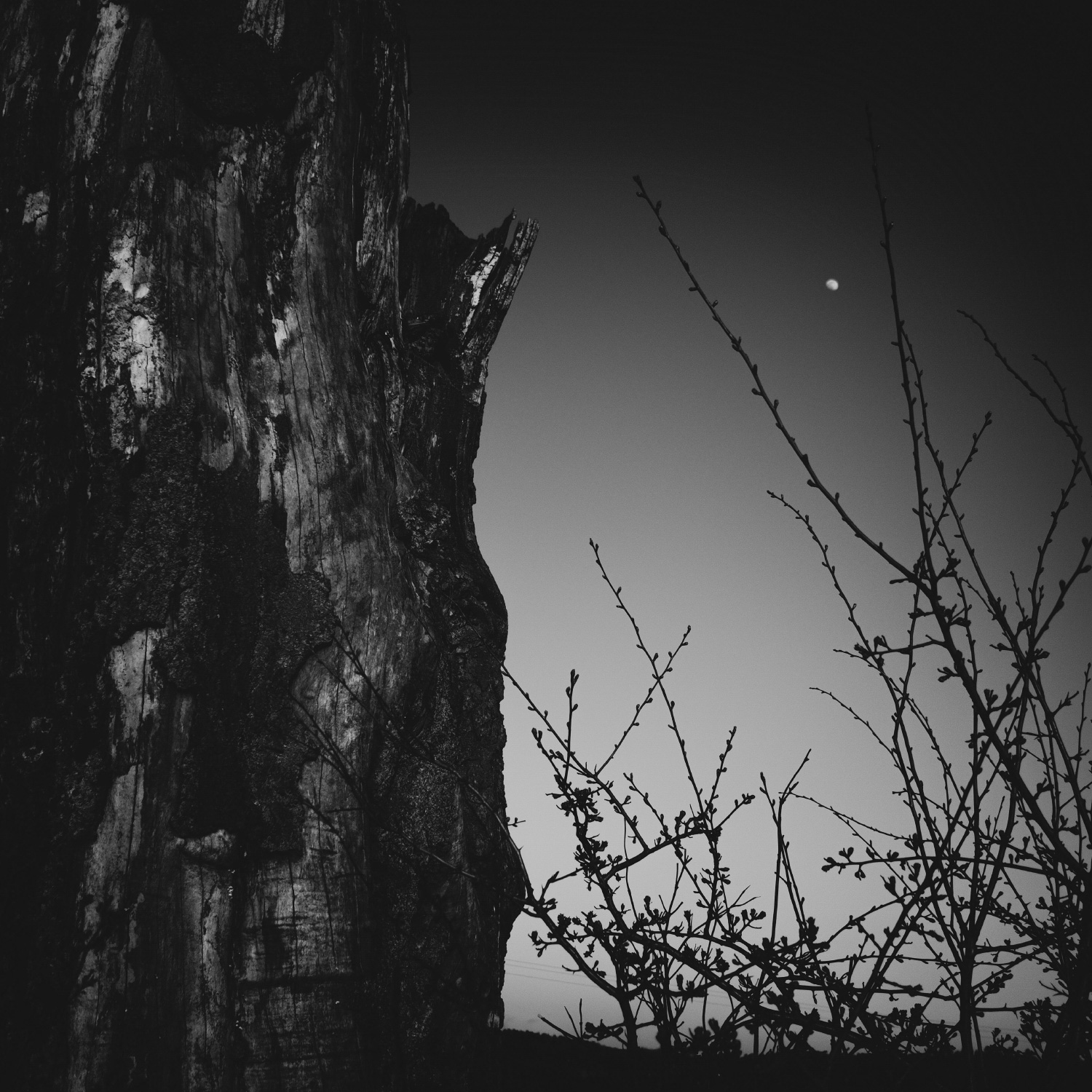
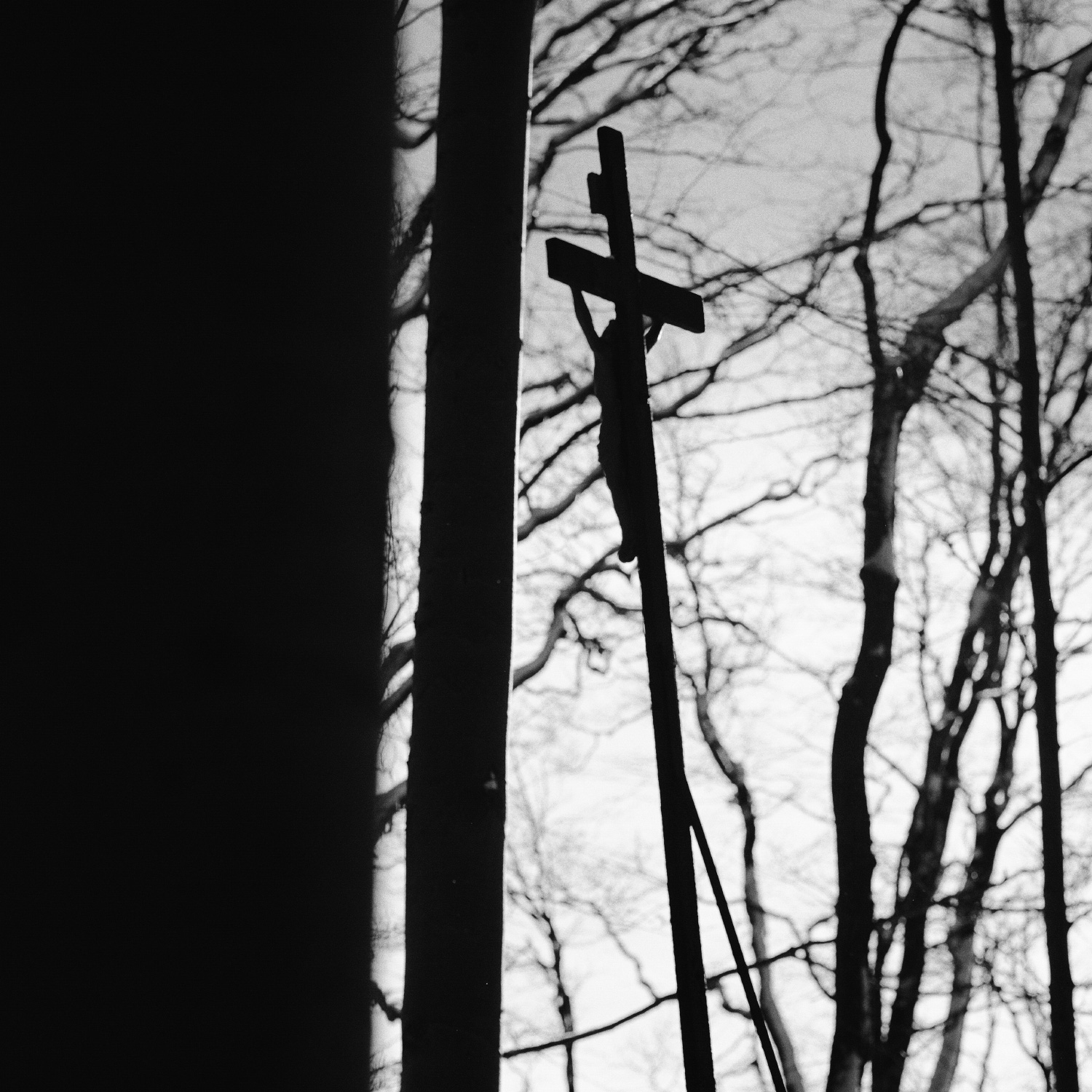
RIGHT: Fuji X-T30 . Fuji XF90mmF2 @90mm . f/4.0 . 1/1900″ . ISO 320
I then try to capture such a place for example at different times of the year, at different times of the day or in different weather. In the same way, I look for different perspectives on such a place – the wholes and the details. That’s why I have several of these series currently in progress (and I will present one of them in the next article).
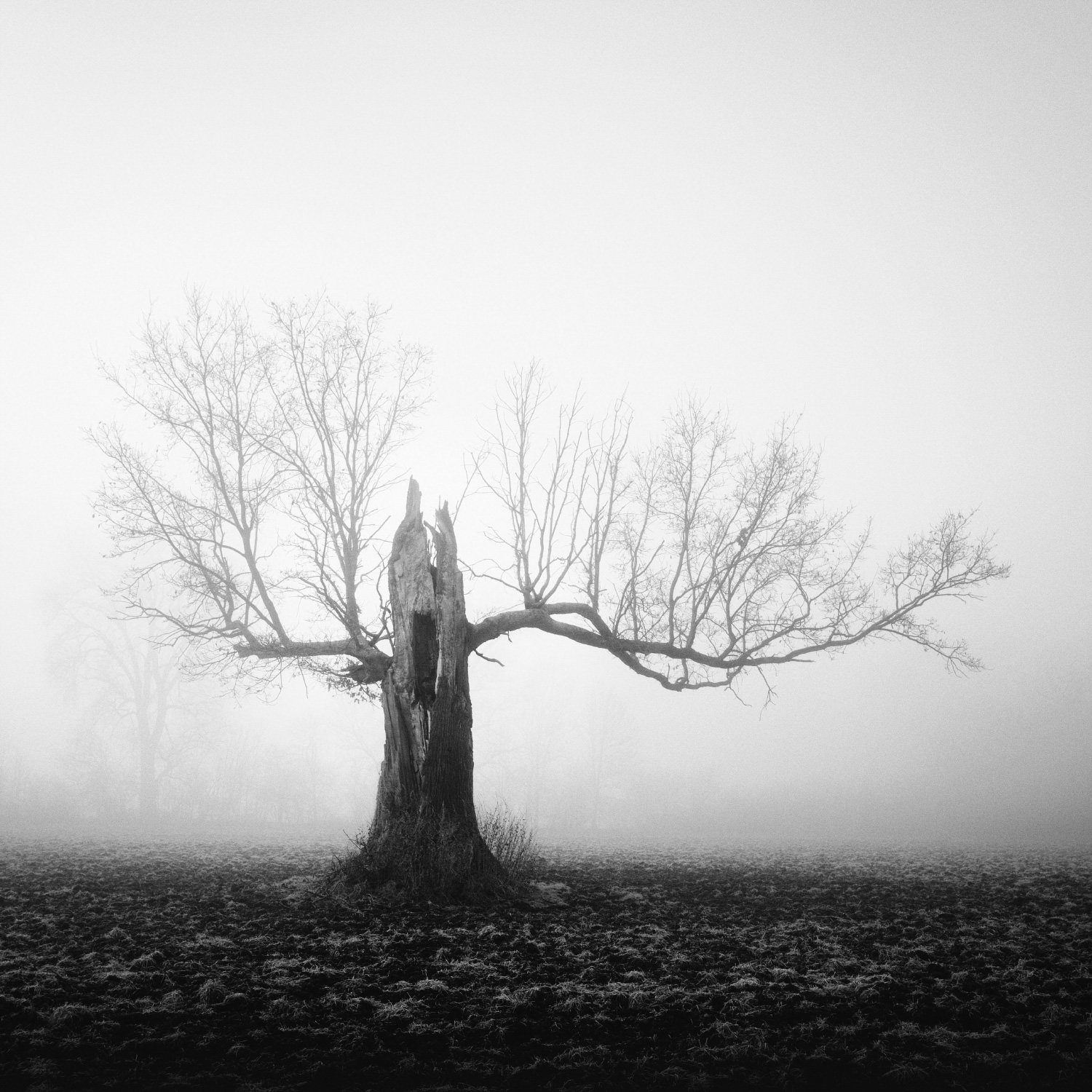
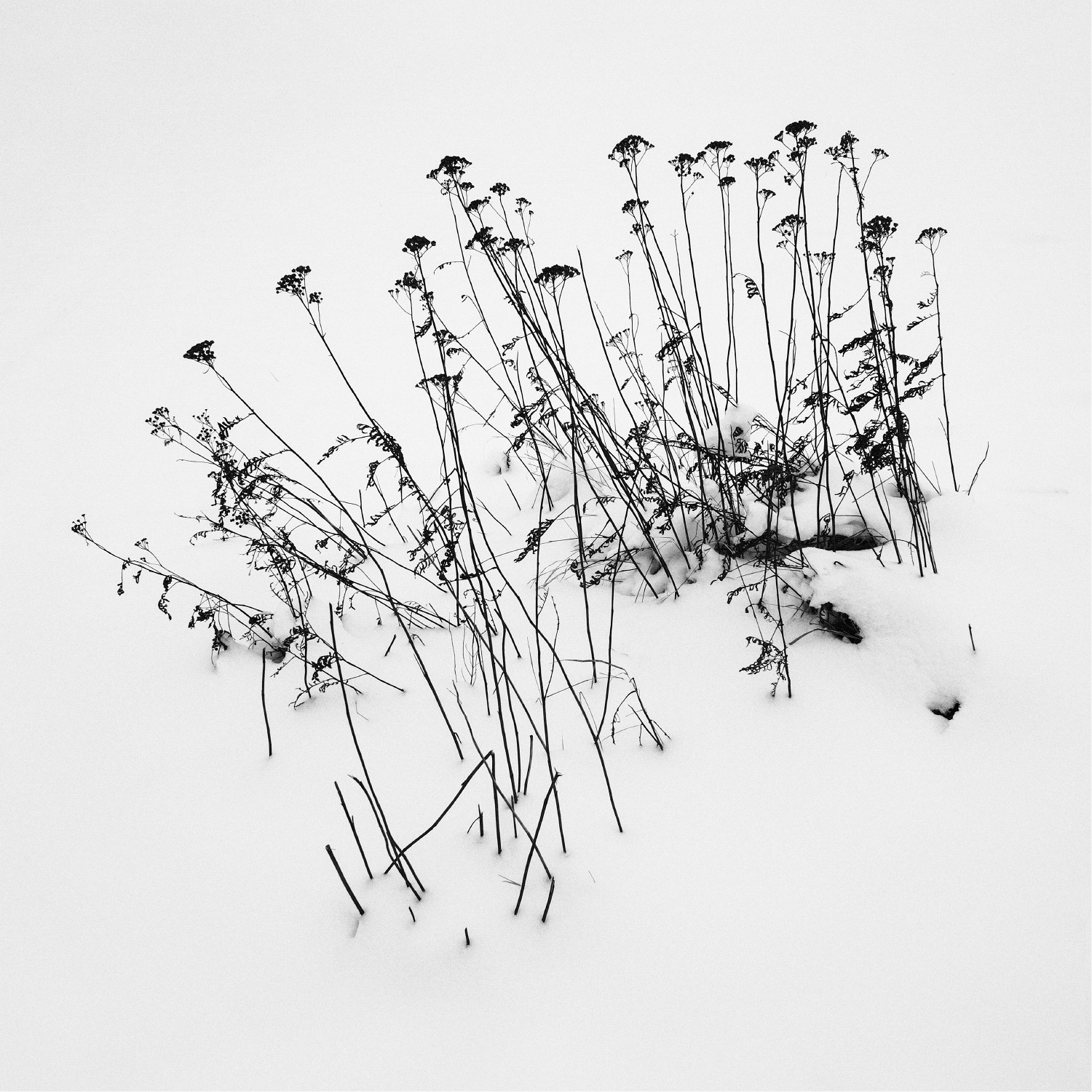

Because I spend a lot of time in front of the computer and then at the table by the copper plate with mezzotint, I don’t want to spend hours processing the photos, so I take pictures using a BW preset (Jpeg + RAW. Sometimes the Jpeg itself is enough for me.
In more complex tonal and lighting conditions, I reach for the RAW, but it’s always just a quick edit in minutes. When necessary, I slightly adjust the curves, sometimes I use dodge & burn to highlight or suppress some part of the photo. And because I’m not a big fan of overdone HDR, I often adjust the curve to simplify the image tonally. Then I add grain to the photo, and it is done. No complicated work. No long post-process.
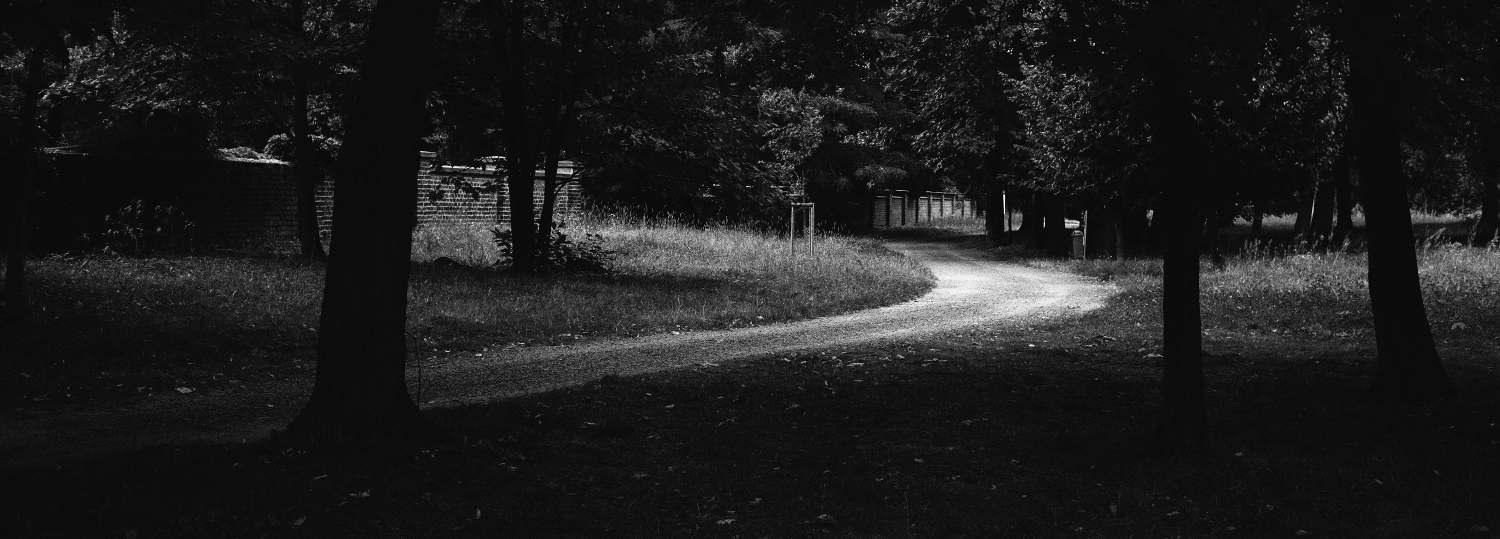
What has been done in the darkroom for a long time is a matter of moments in digital.
I moved to the Fuji X system recently, it’s been just over a year so far, and I was driven to it by the fact that I didn’t want to lug a big DSLR camera while walking (although the Nikon D7000 is not one of the giants). So I started thinking about moving to a mirrorless camera.
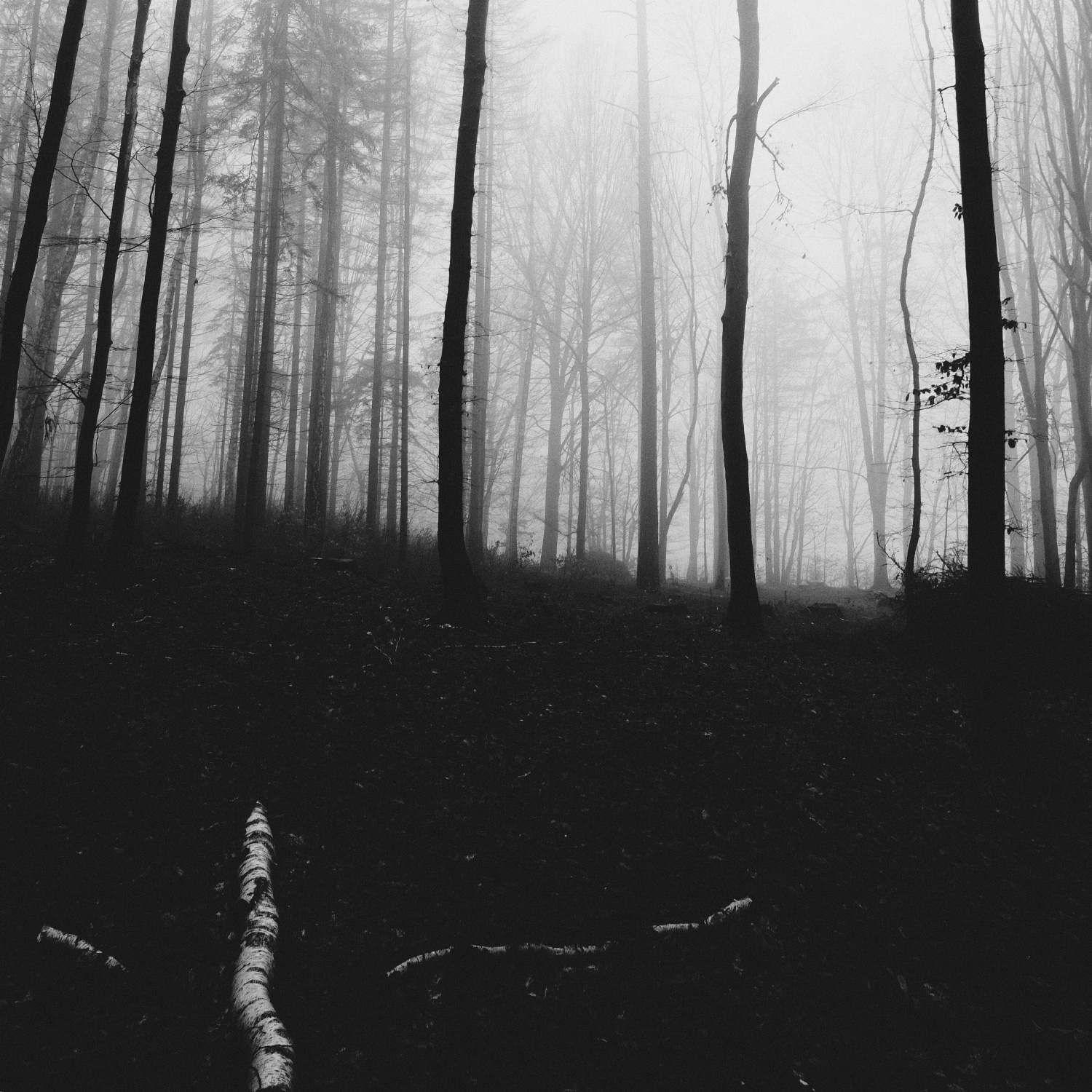

RIGHT: Fuji X-T30 . Fuji XF16mmF2.8 @16mm . f/8 . 60″ . ISO 160
Fuji won me over with its controls based on film cameras. The aperture ring on the lens and the shutter speed dial, exposure compensation etc. right on the body, I love that. And it was like going back to my photography beginnings.
And secondly, the size – the X-T30 immediately caught my eye and fell into my hand. When I added the offer of small F2 lenses, I was delighted. I don’t have to carry any bulky luggage, and I have the camera almost always at hand.

When I want to go really lightly in the city, I’ll take only the 7artisans 25mm F1.8 and when I want to go to nature, I’ll take the Fujinon XF16mm F2.8 and XF50mm F2. When I go with the intent of photographing and take all my gear (Fujifilm X-T30 body and lenses Fujinon XF16mm F2.8, XF50mm F2, XF90mm F2, 7artisans 25mm F1.8 and Laowa 9mm F2.8), still I have only a small backpack.
And my set of lenses is sufficient for almost all my photographic needs.
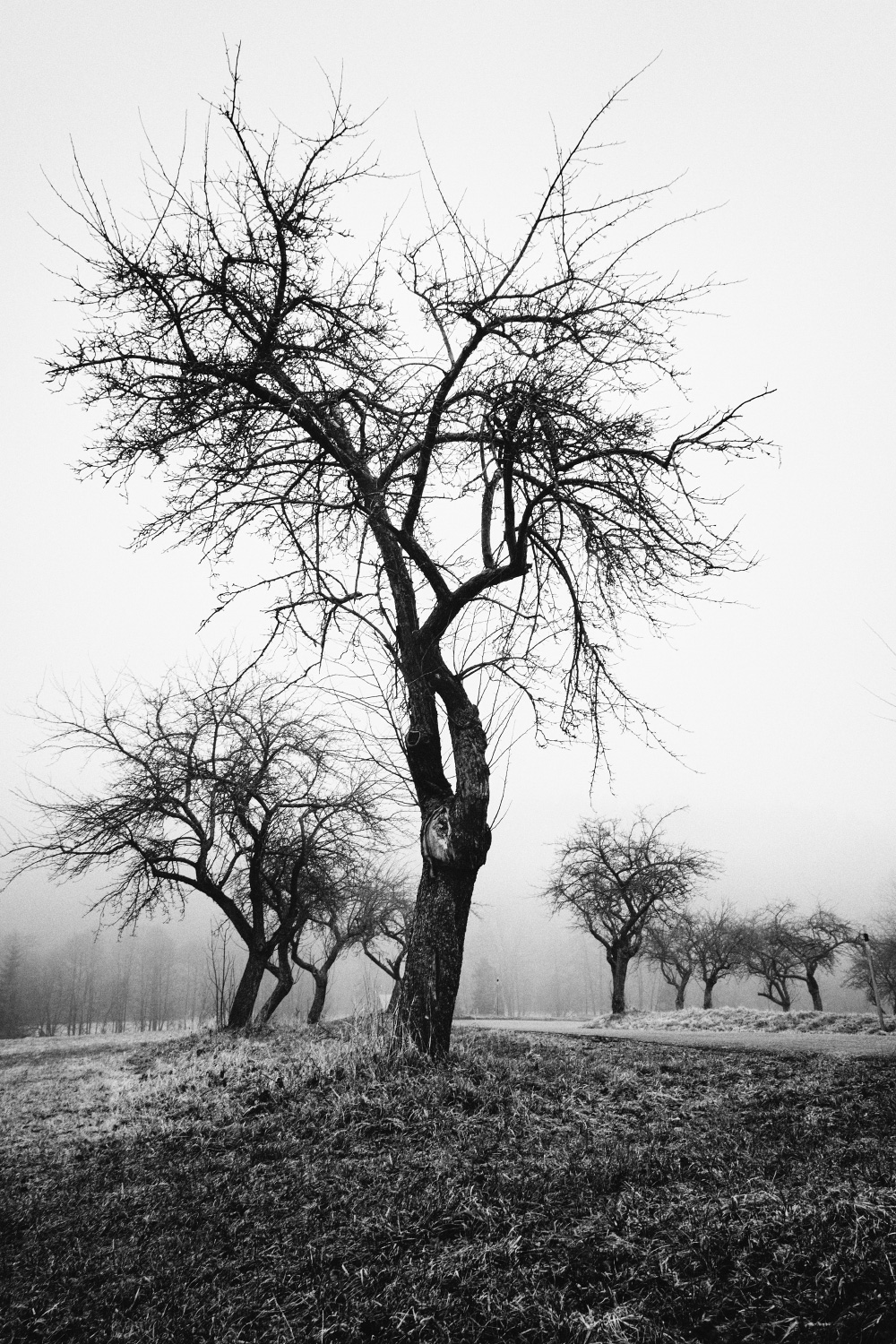
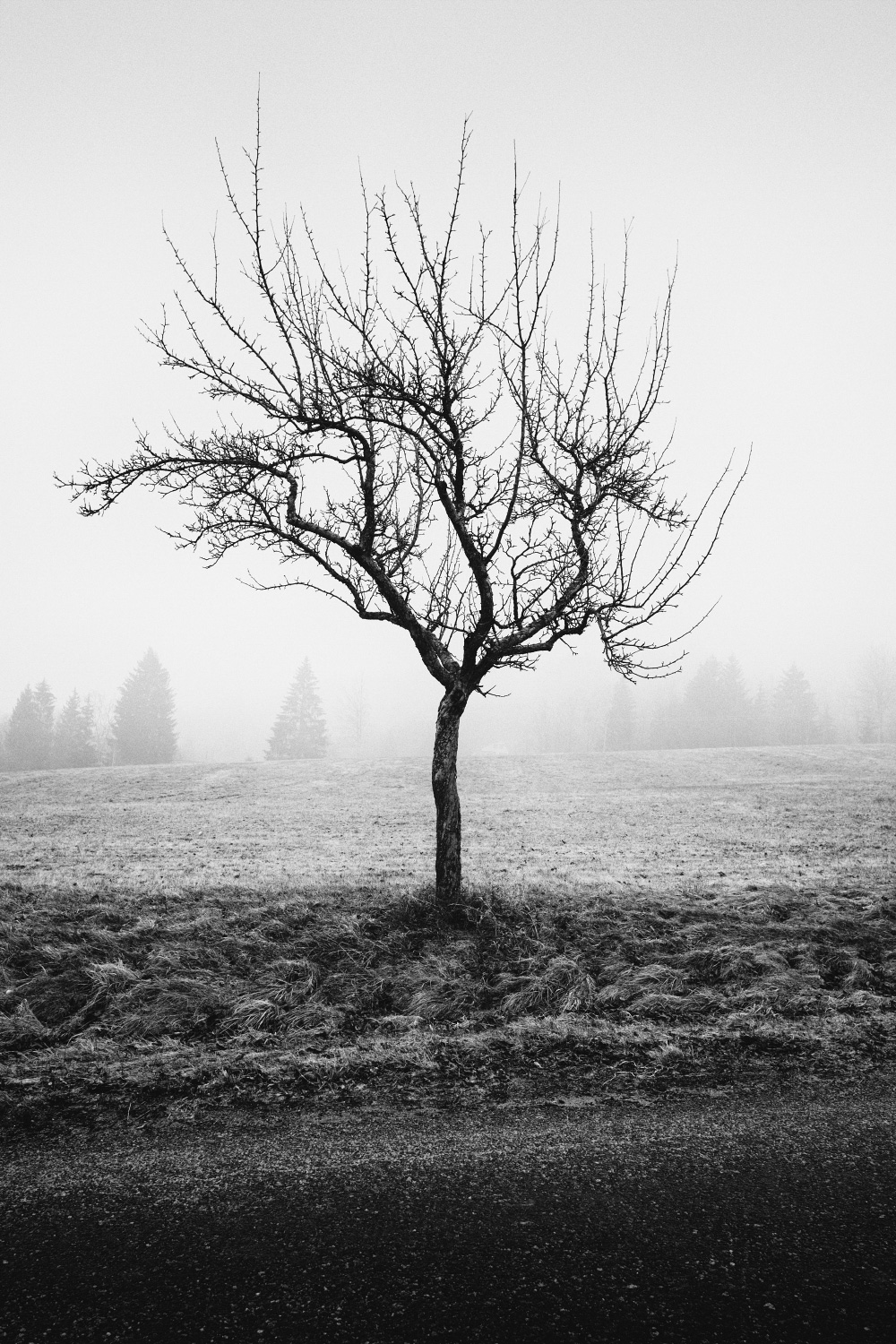
RIGHT: Fuji X-T30 . Fuji XF16mmF2.8 @16mm . f/4.5 . 1/55″ . ISO 320
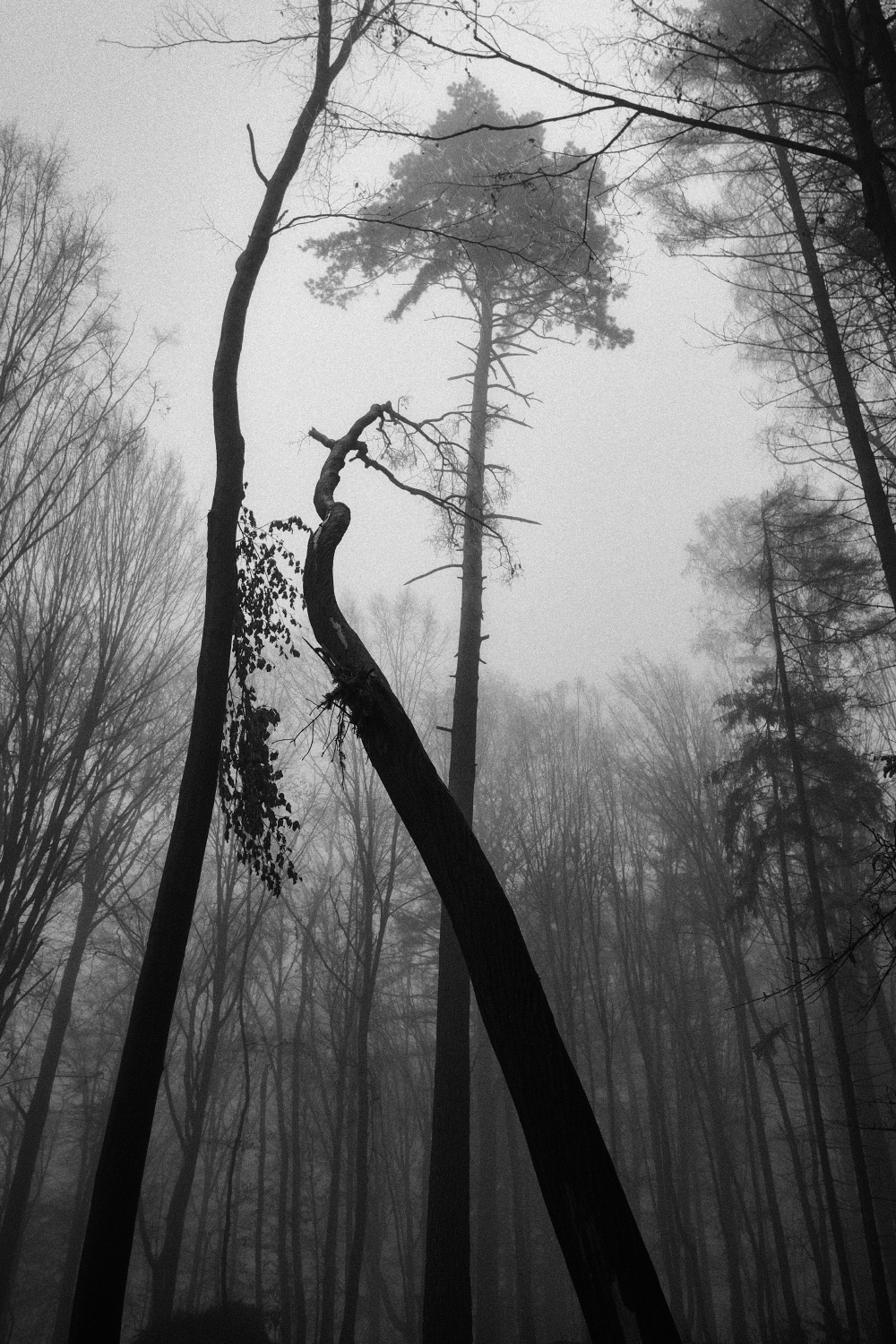
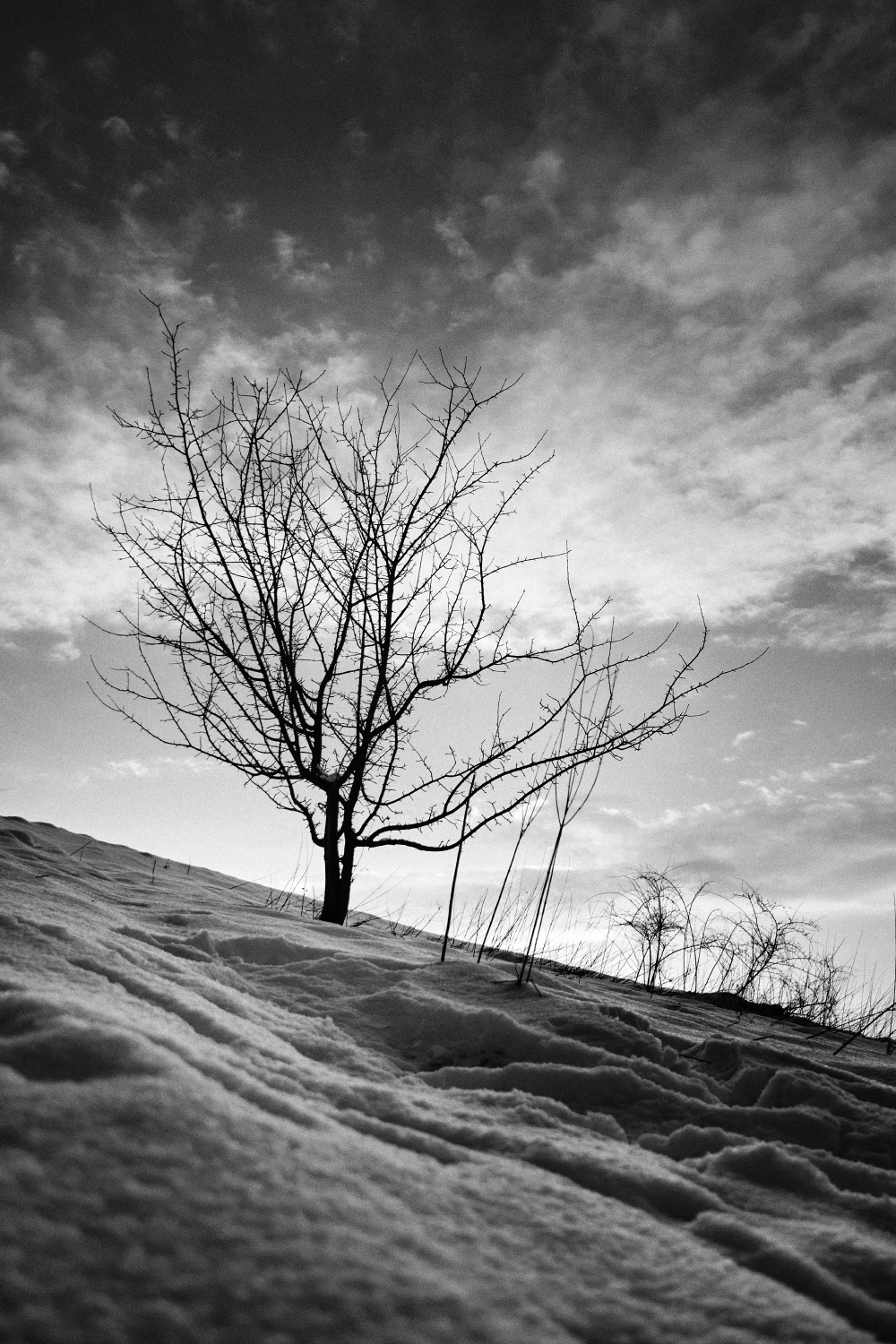
RIGHT: Fuji X-T30 . Fuji XF16mmF2.8 @16mm . f/2.8 . 1/680″ . ISO 160


RIGHT: Fuji X-T30 . Fuji XF16mmF2.8 @16mm . f/5.6 . 1/25″ . ISO 400
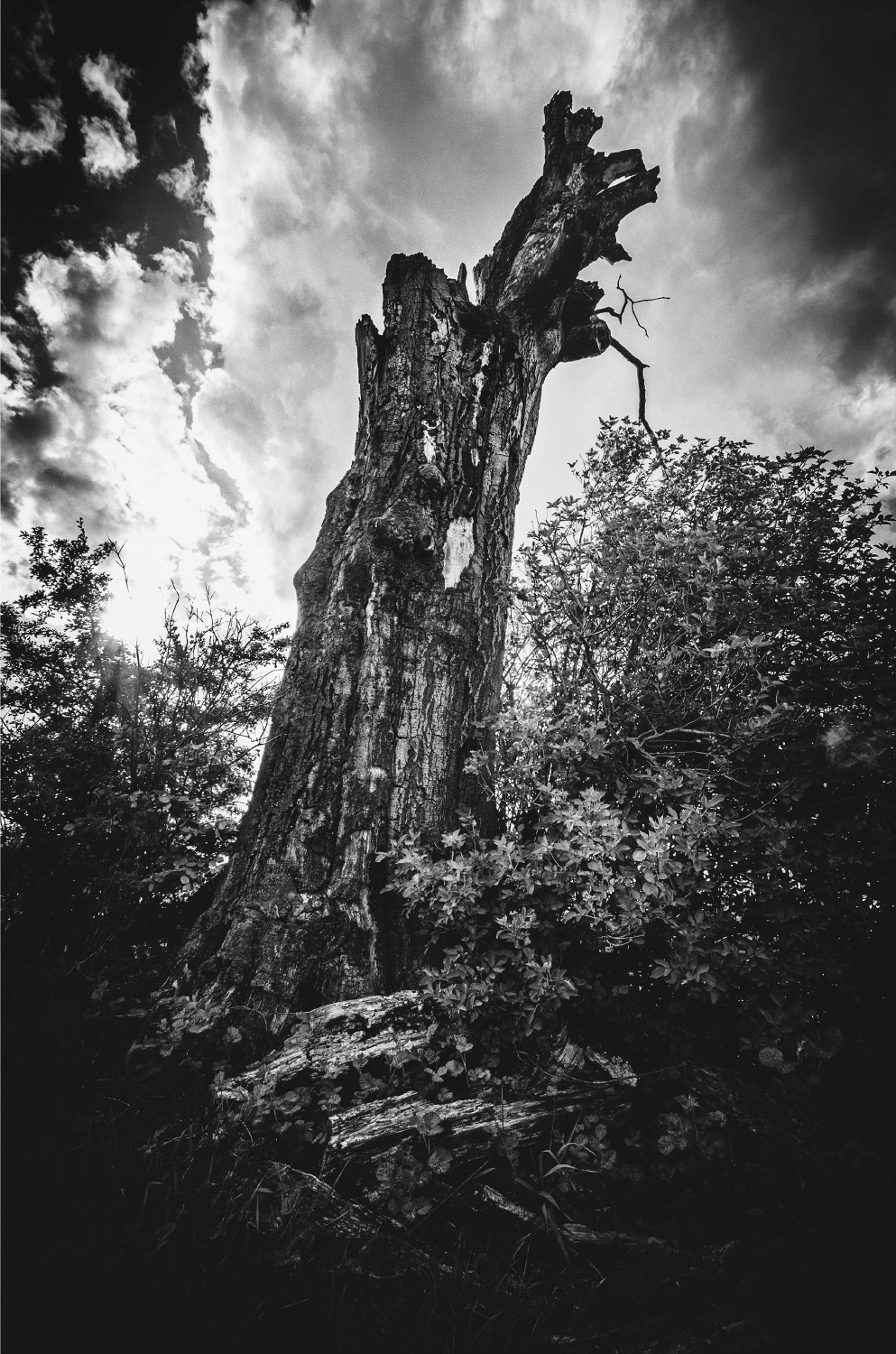
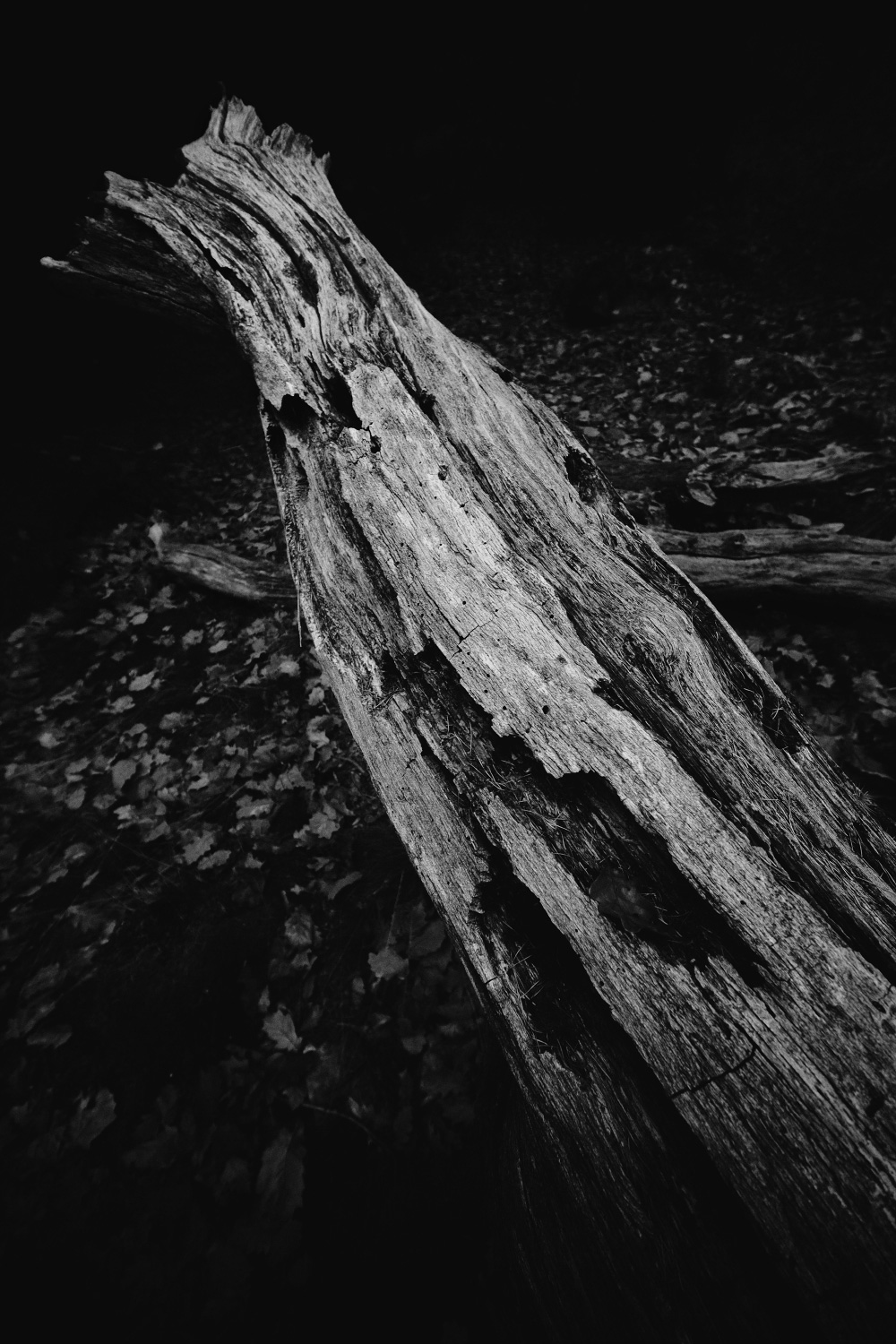
RIGHT: Fuji X-T30 . 1/20″ . ISO 2500
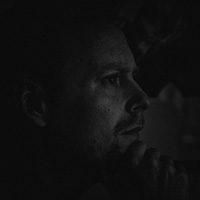
Artist, graphic designer and photographer. In his work he is mainly engaged in black and white photography and intaglio technique – mezzotint.
Most often, he photographs landscapes, urban nooks, abandoned places, and old cemeteries and has been photographing ossuaries for a long time. In 2023, he published a book about Czech ossuaries.
You can see a sample of his work on his FB personal account or at www.miroslavhlinka.cz and the ossuary project can be found at www.momentyticha.cz/en

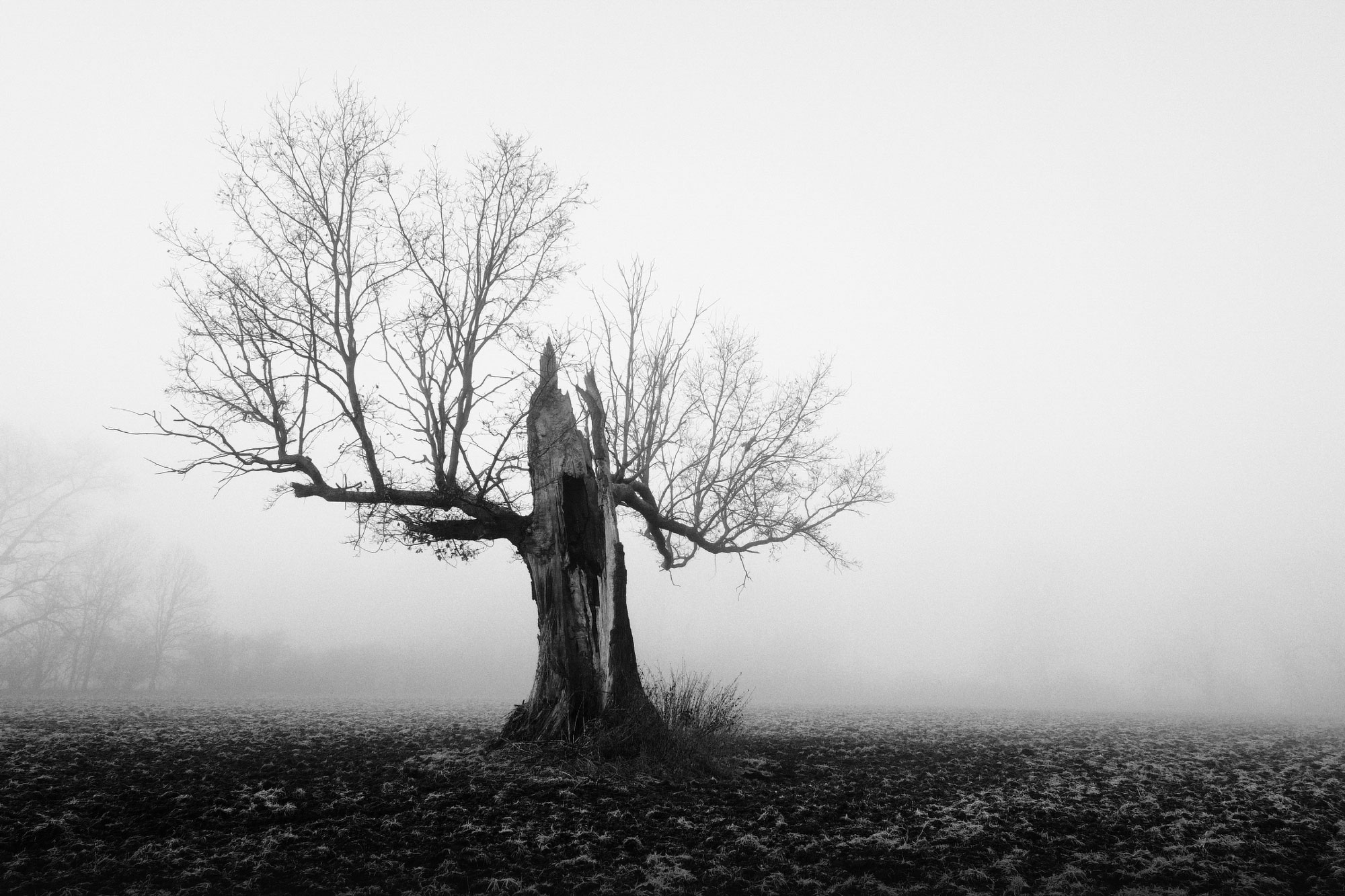



Luděk Kříž
May 12, 2022 @ 6:45 pm
Greetings Mirek, it’s beautiful, I’m a big fan of you. That black and white photo has a soul. And the mezzotint, that’s another dimension.
Luděk
Miroslav Hlinka
May 12, 2022 @ 7:14 pm
Many thanks to Luděk. I’m very glad you like my photos and mezzotints. I look forward to meeting you again.